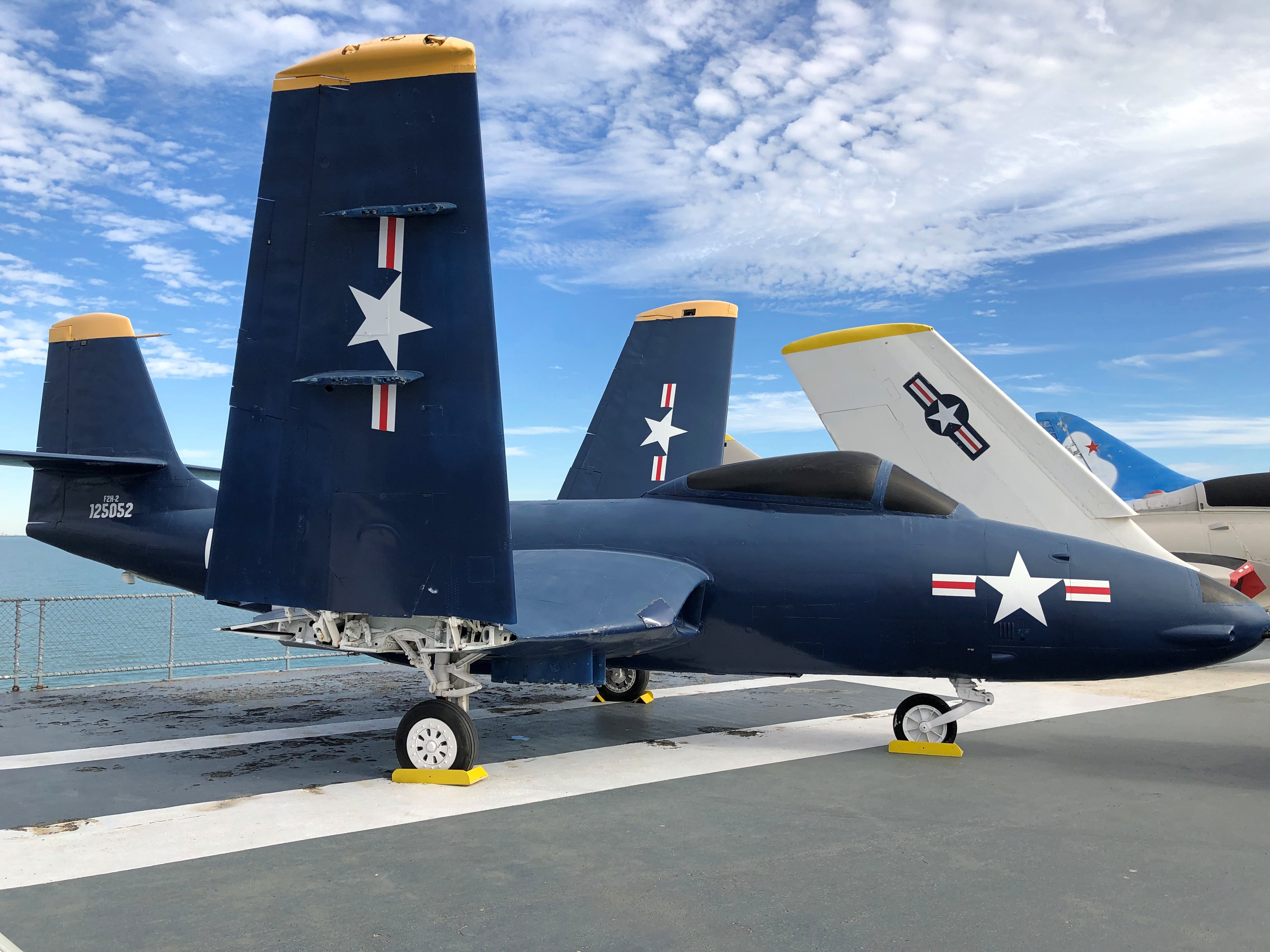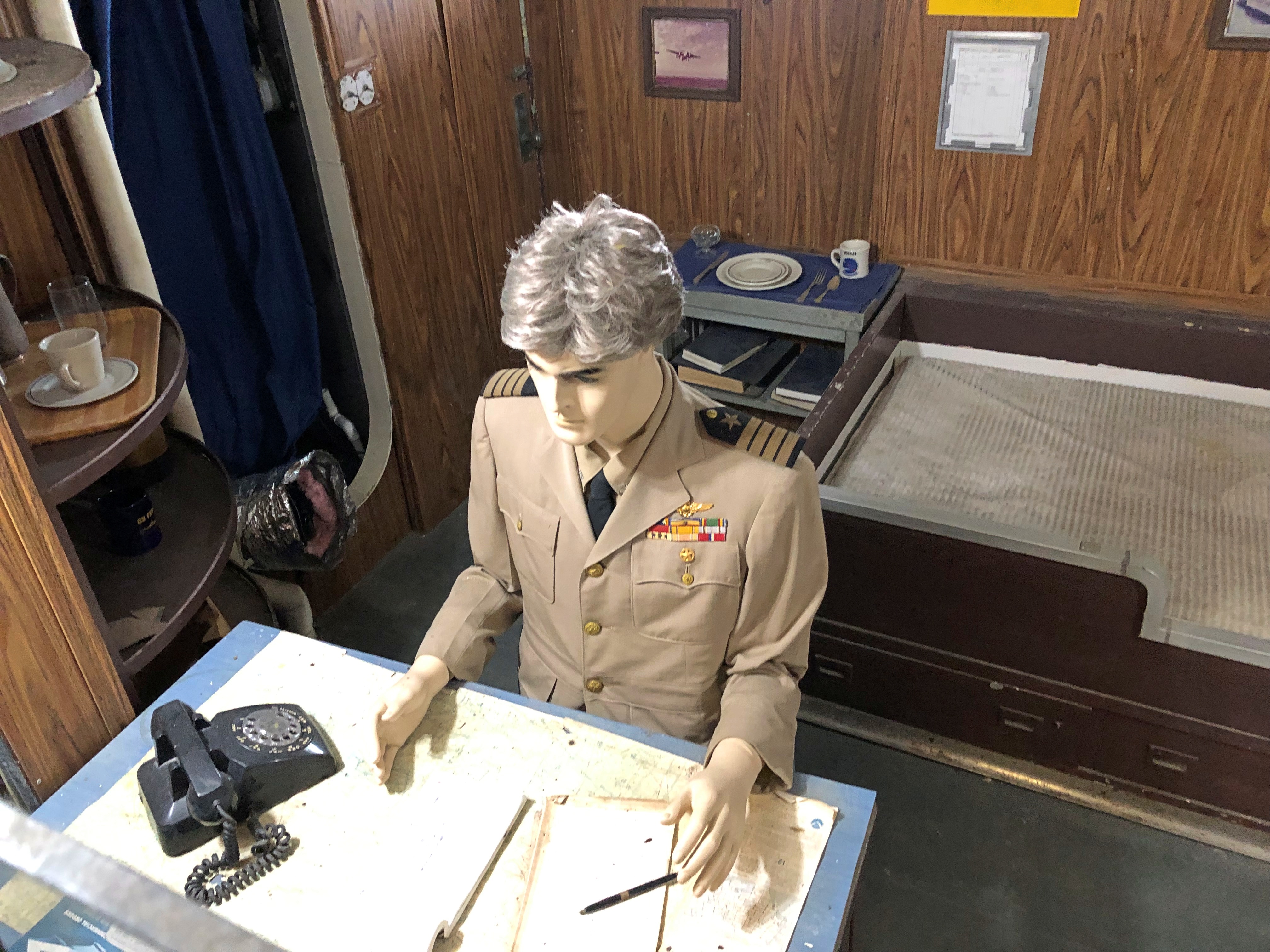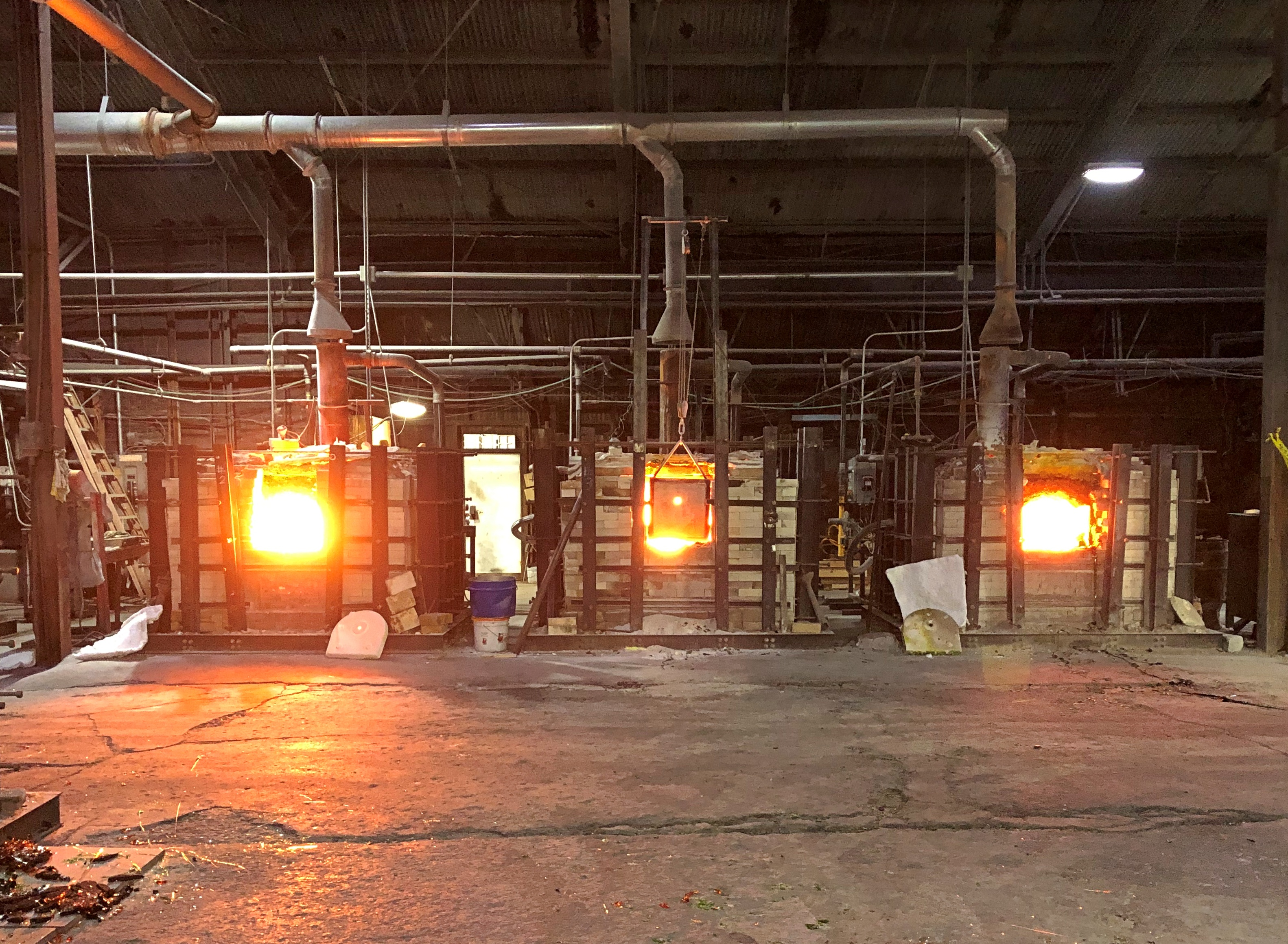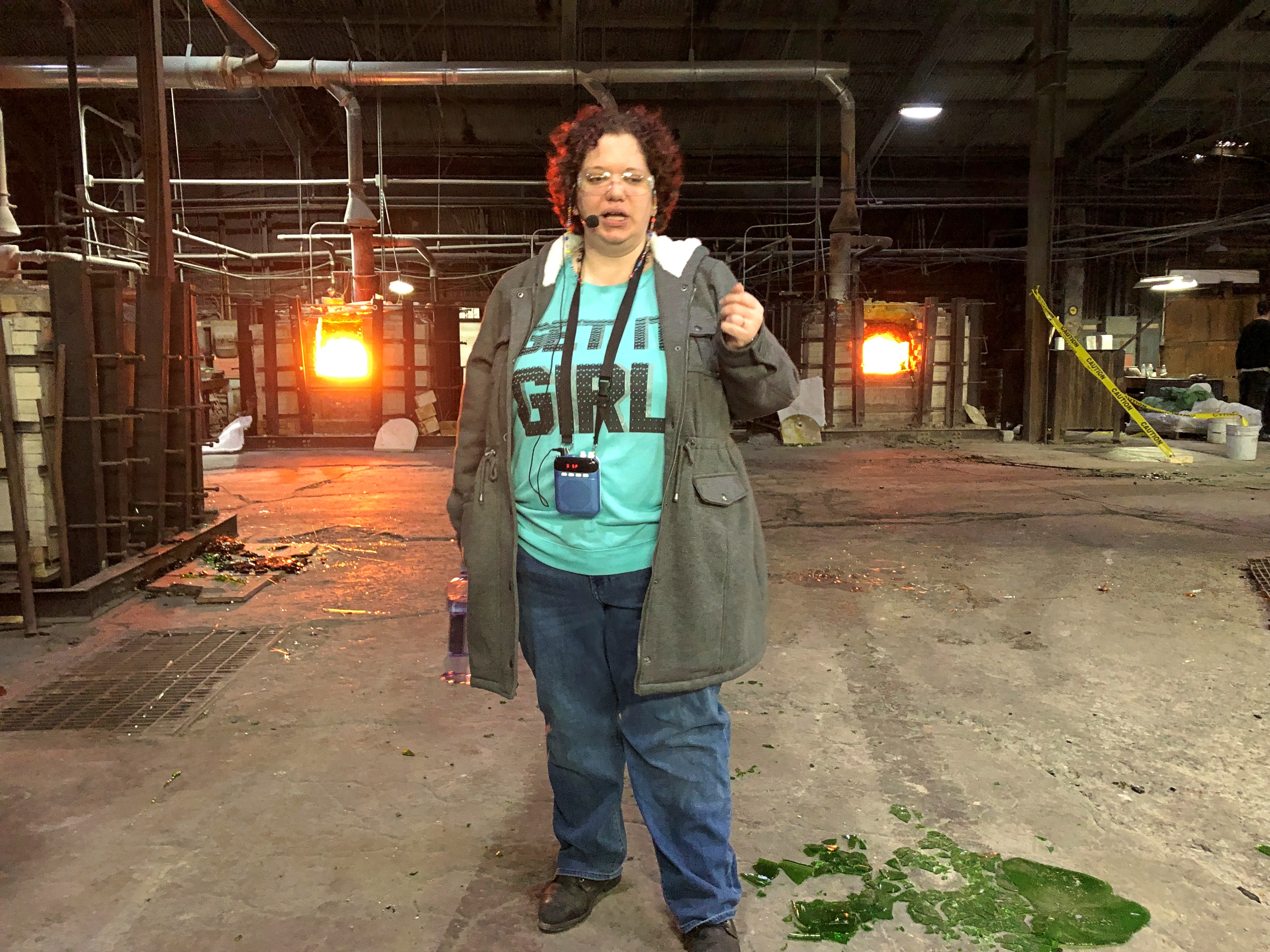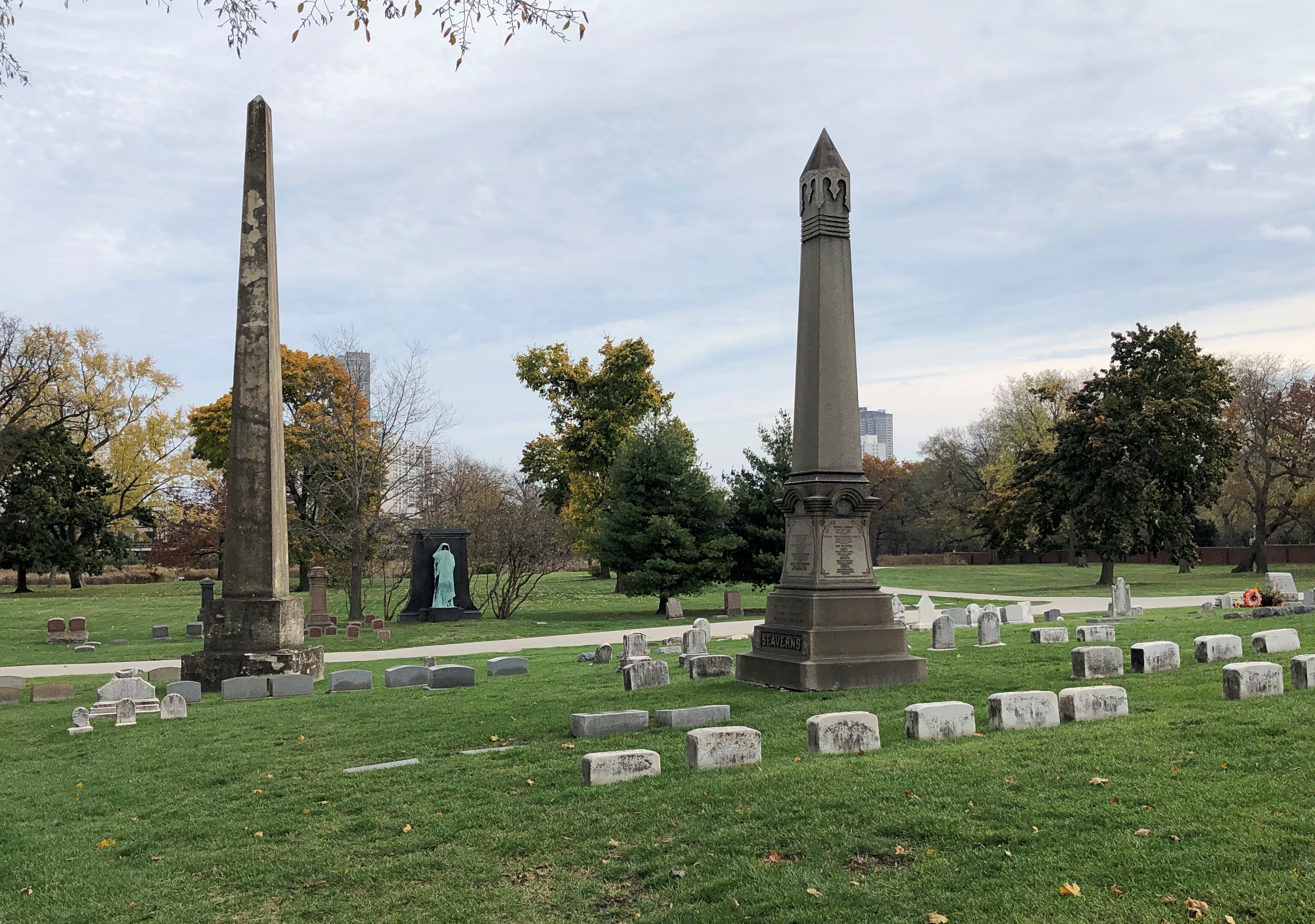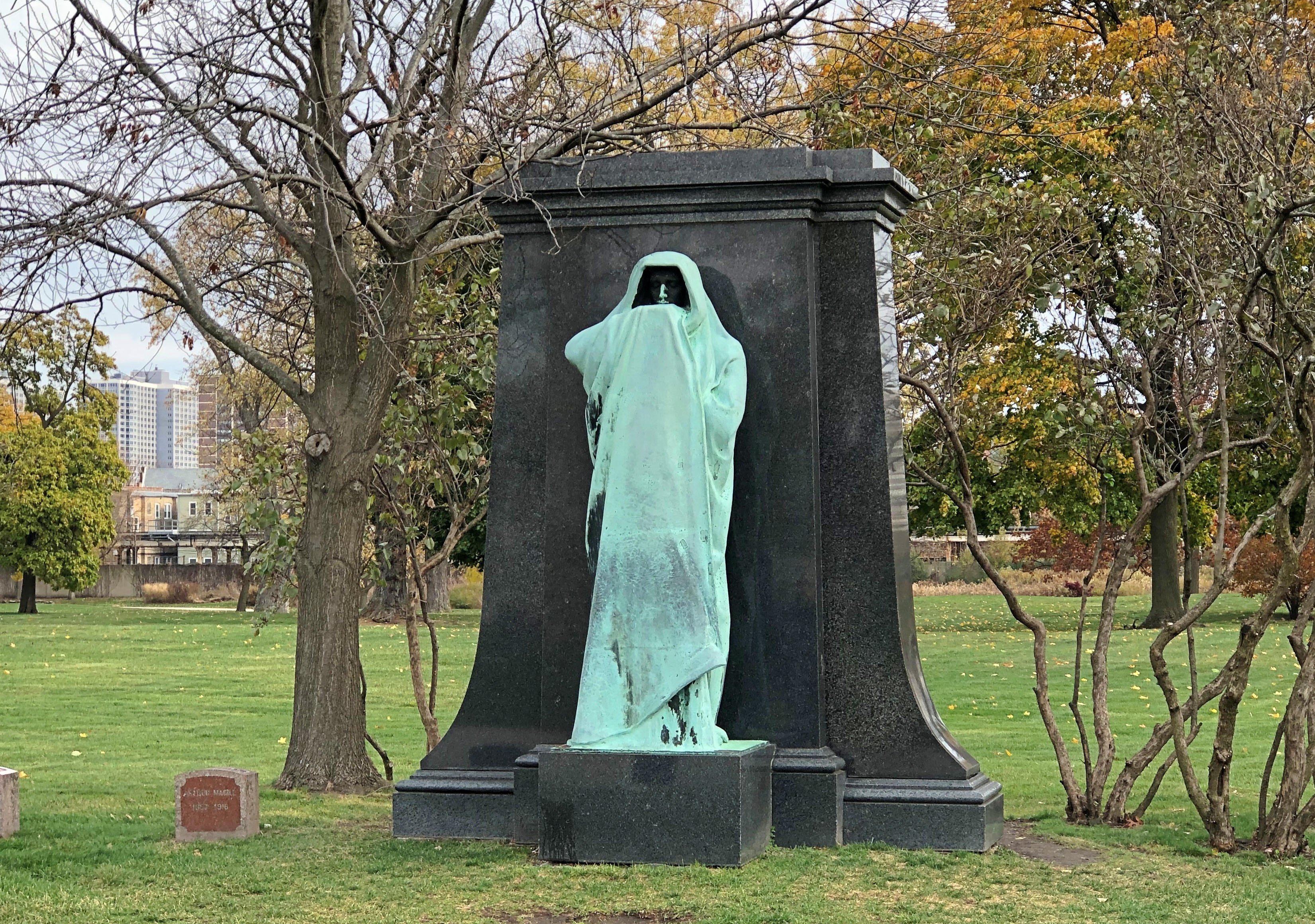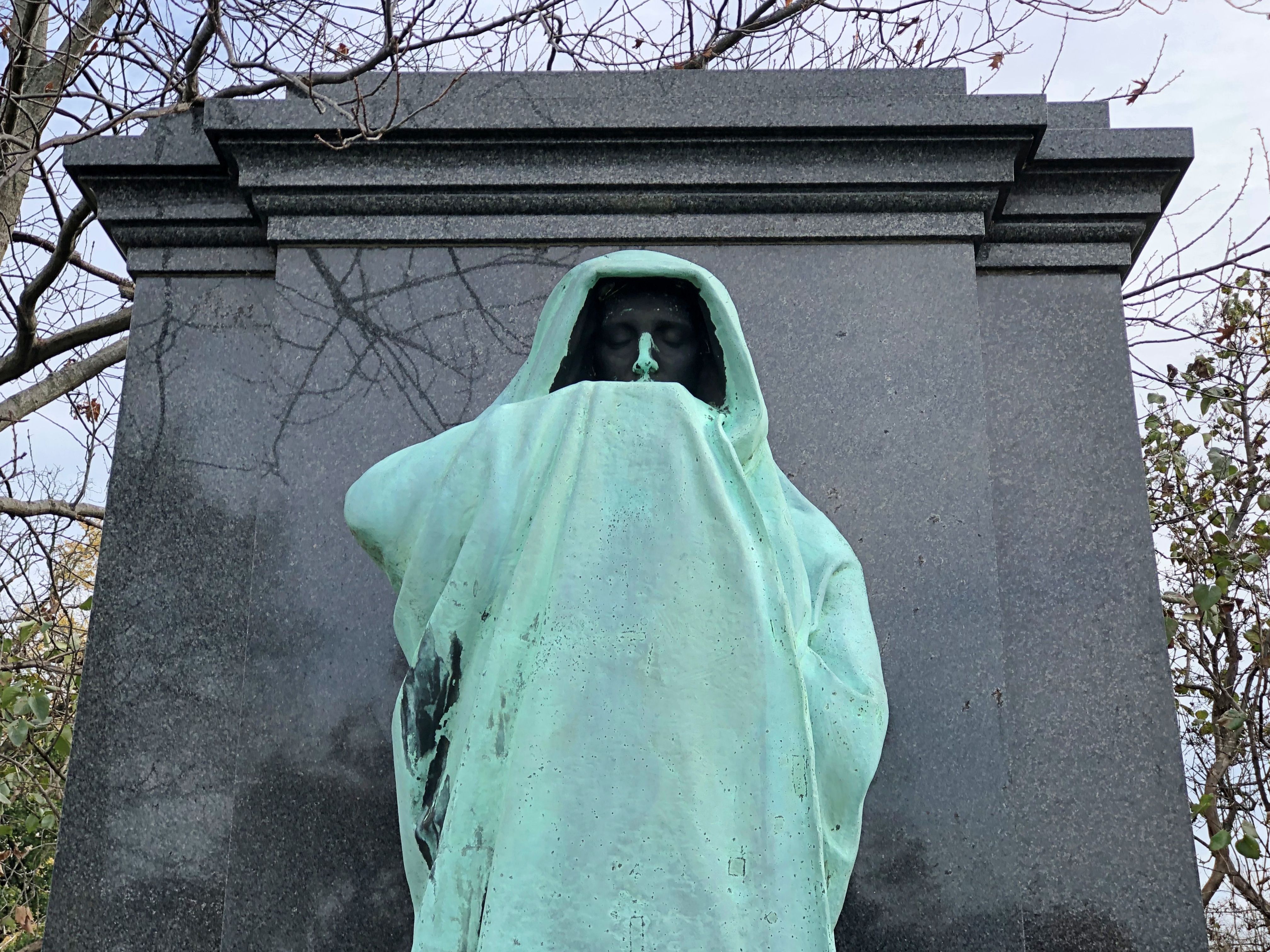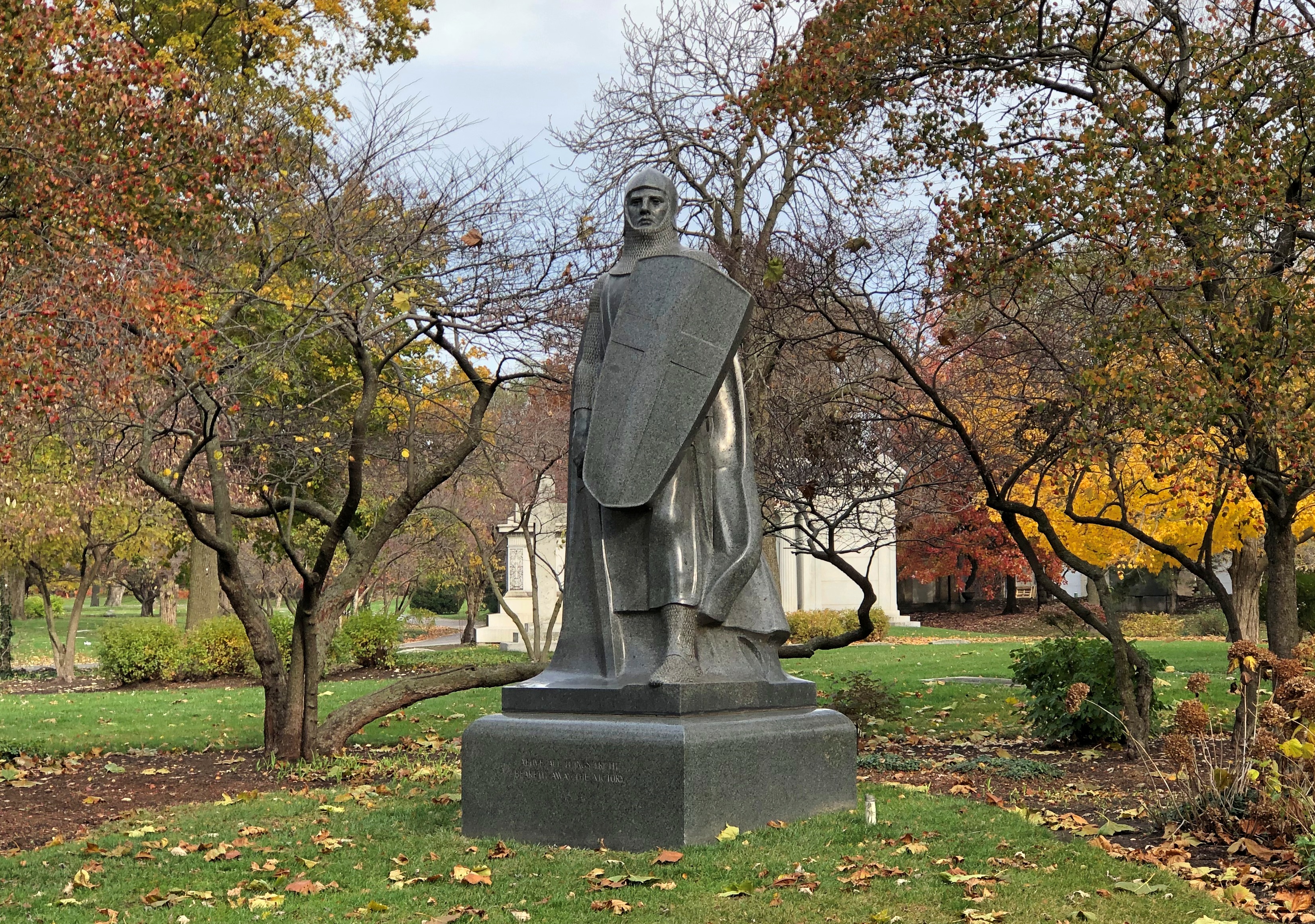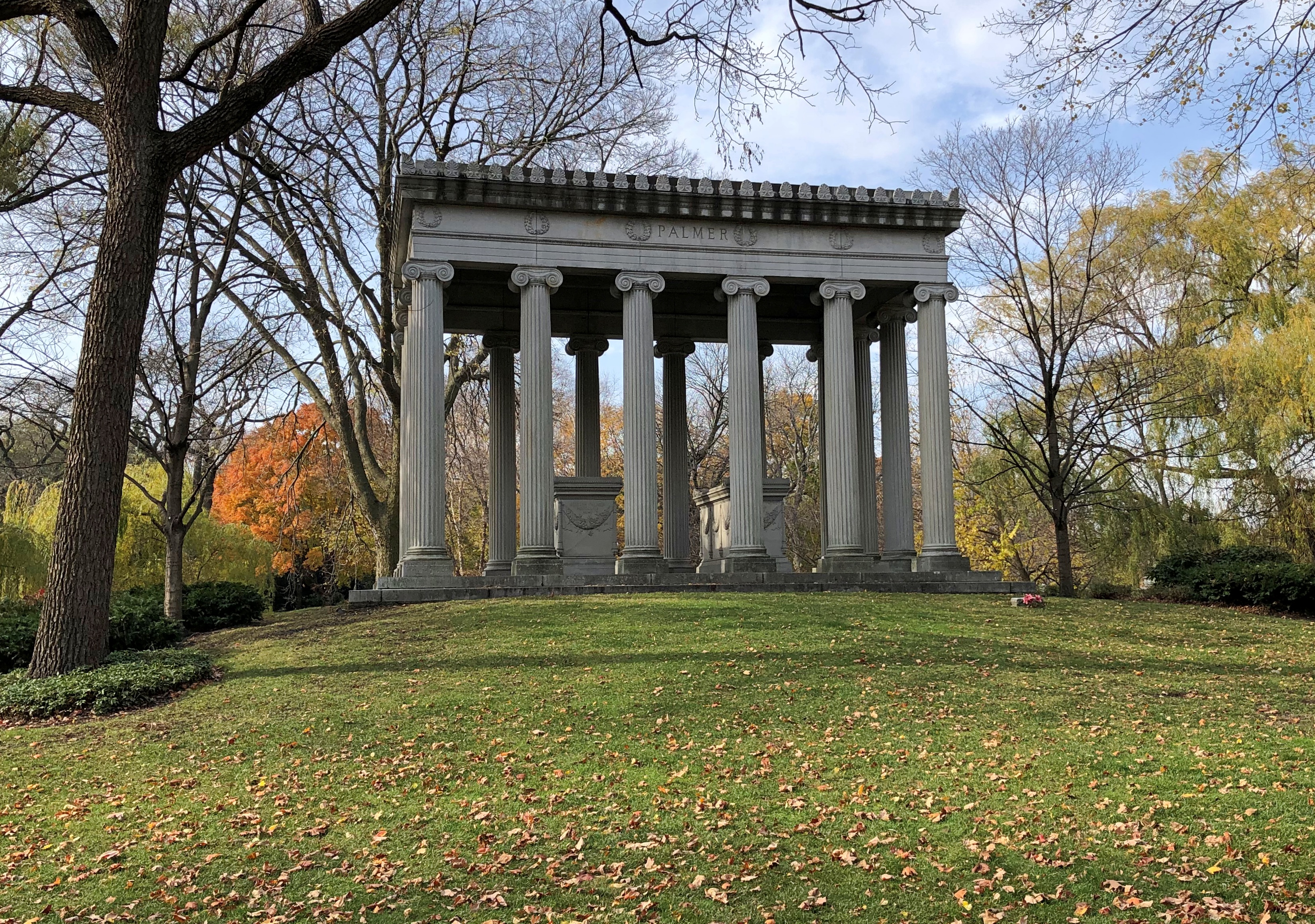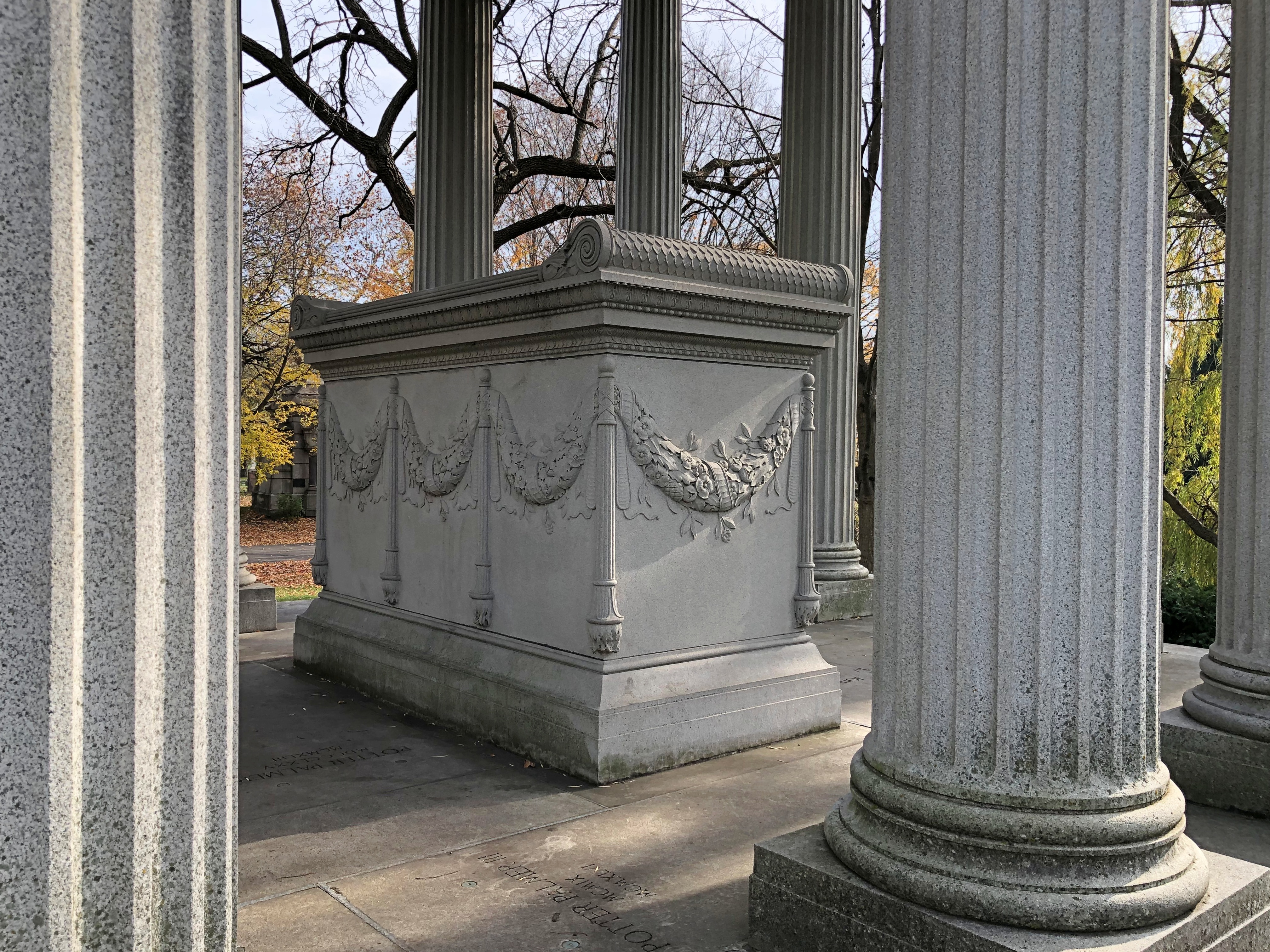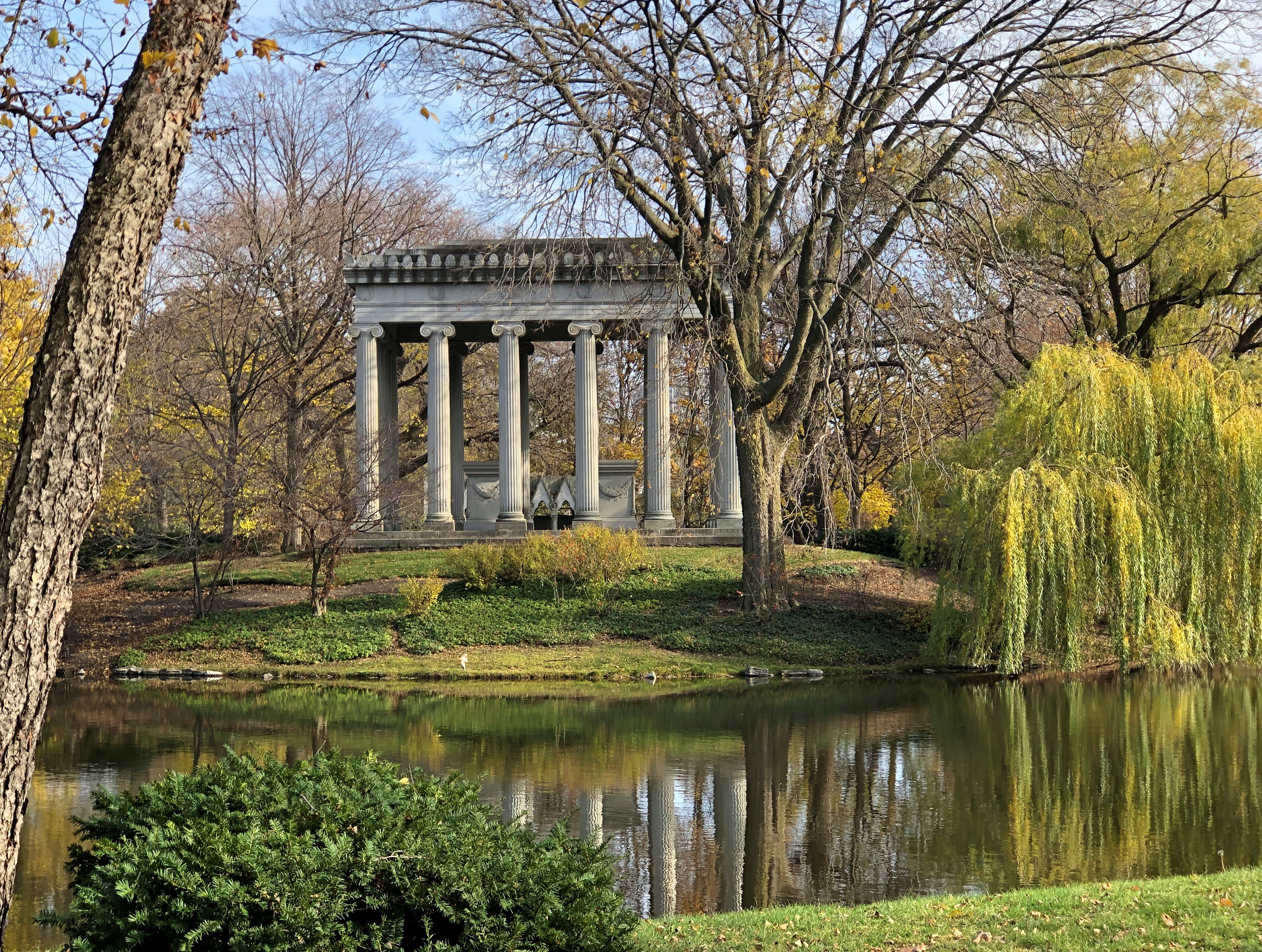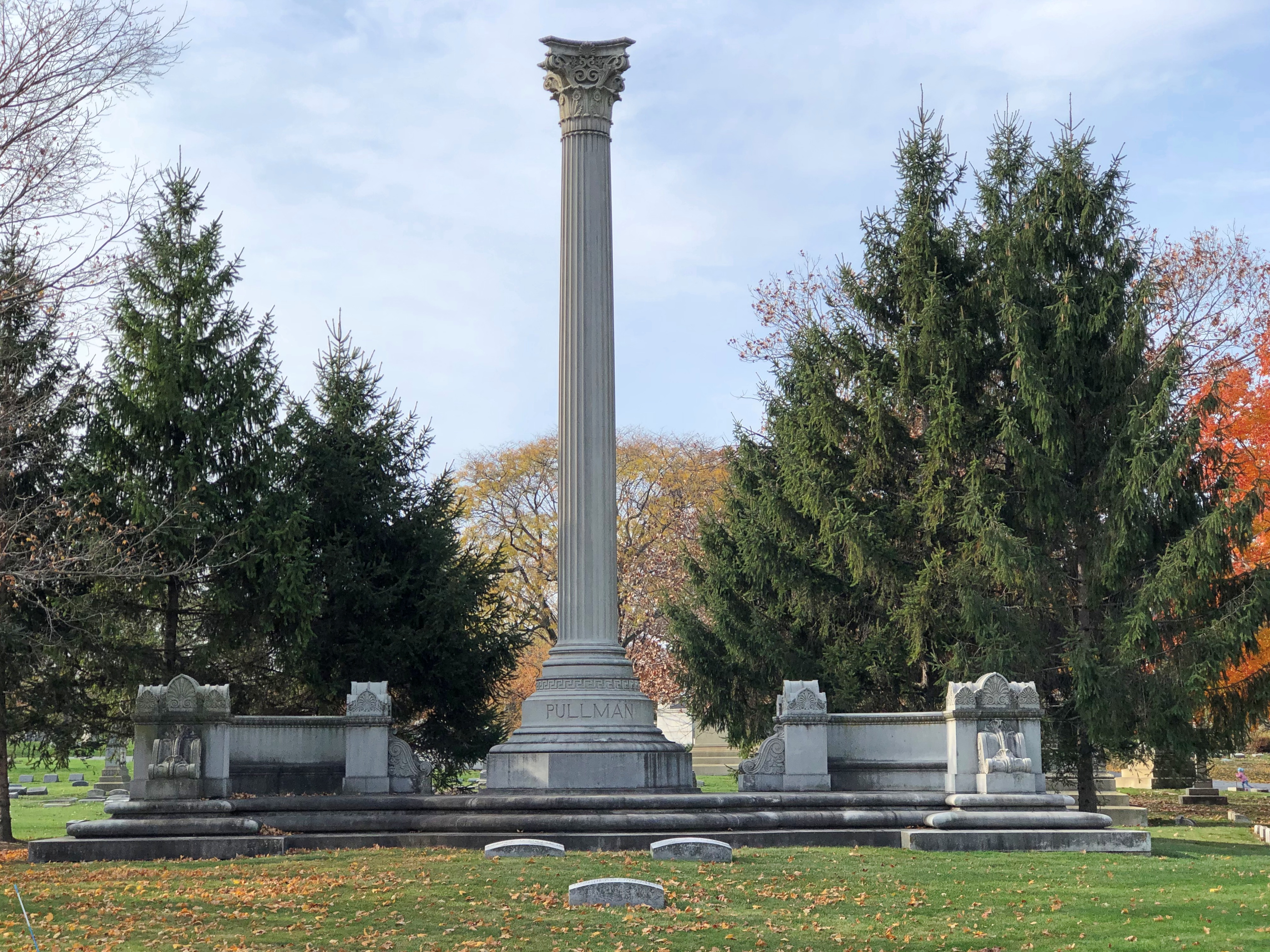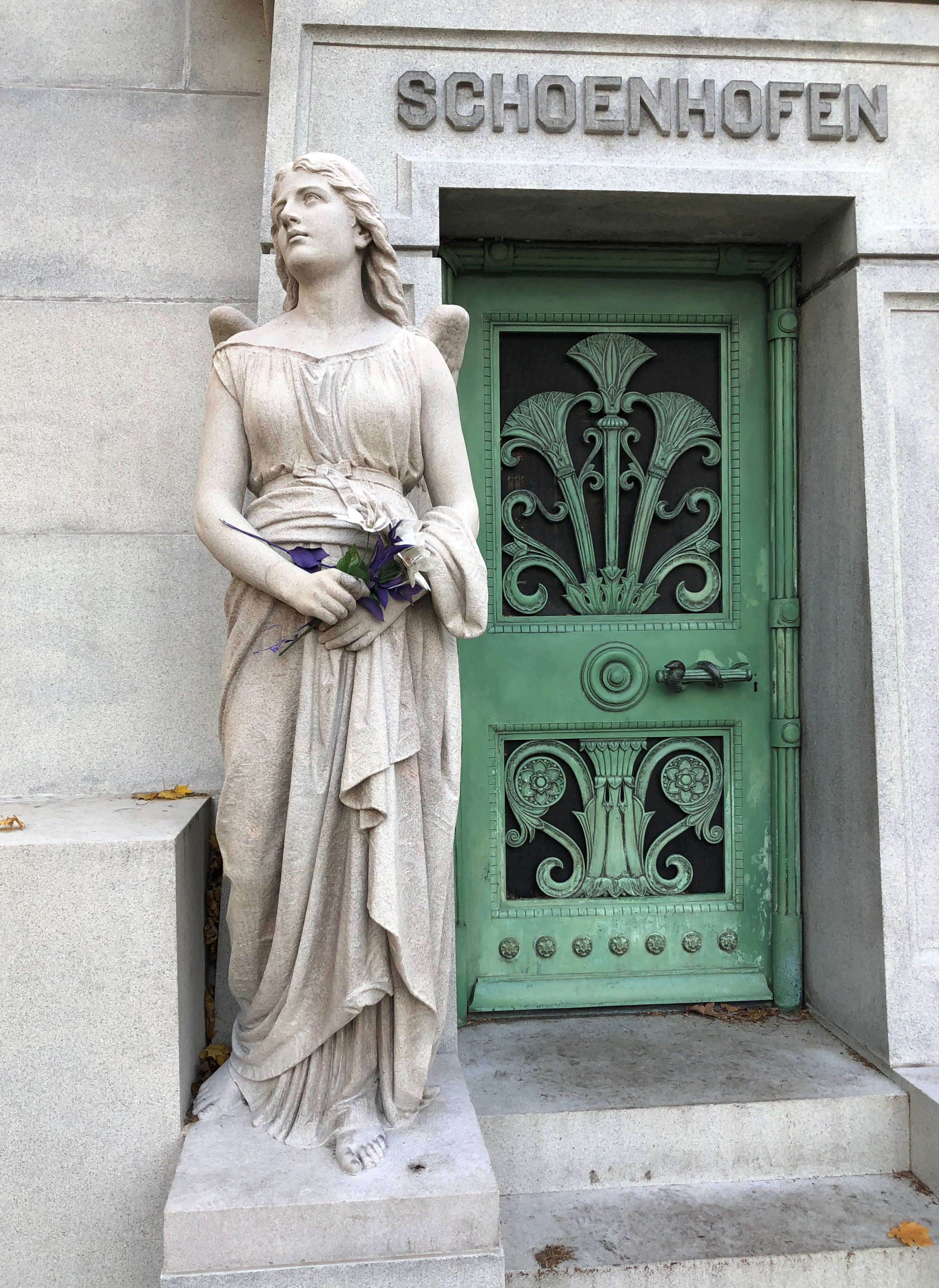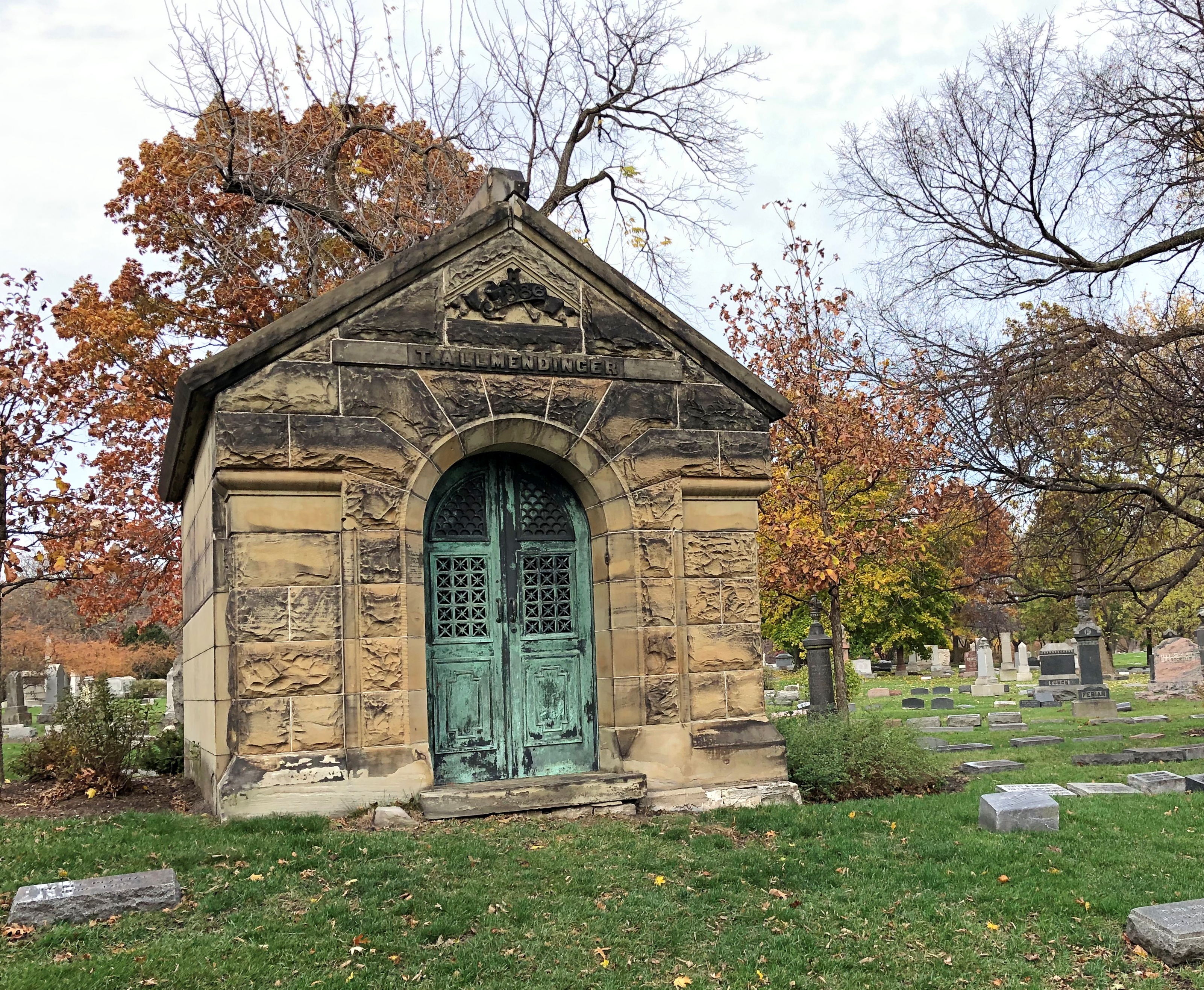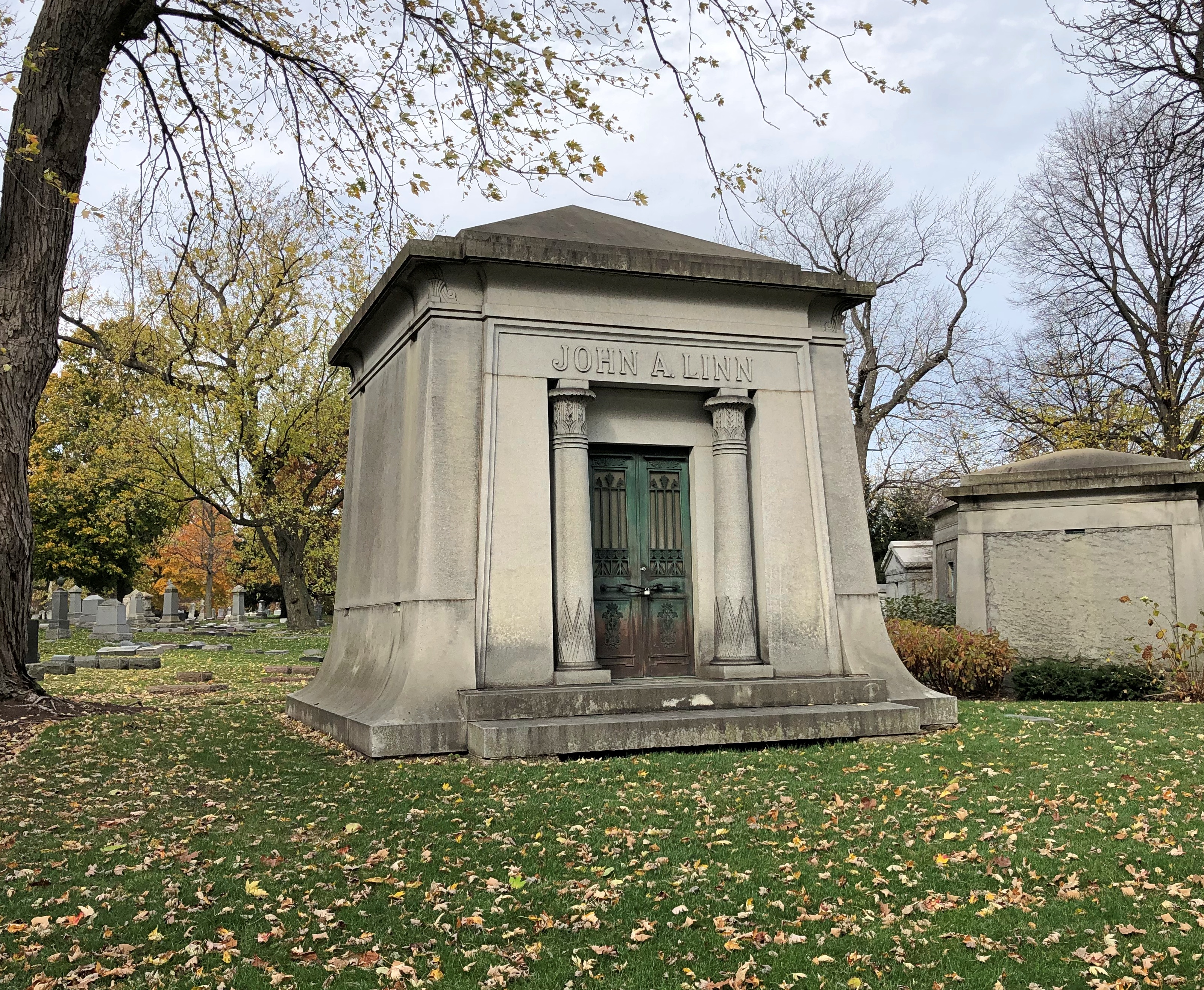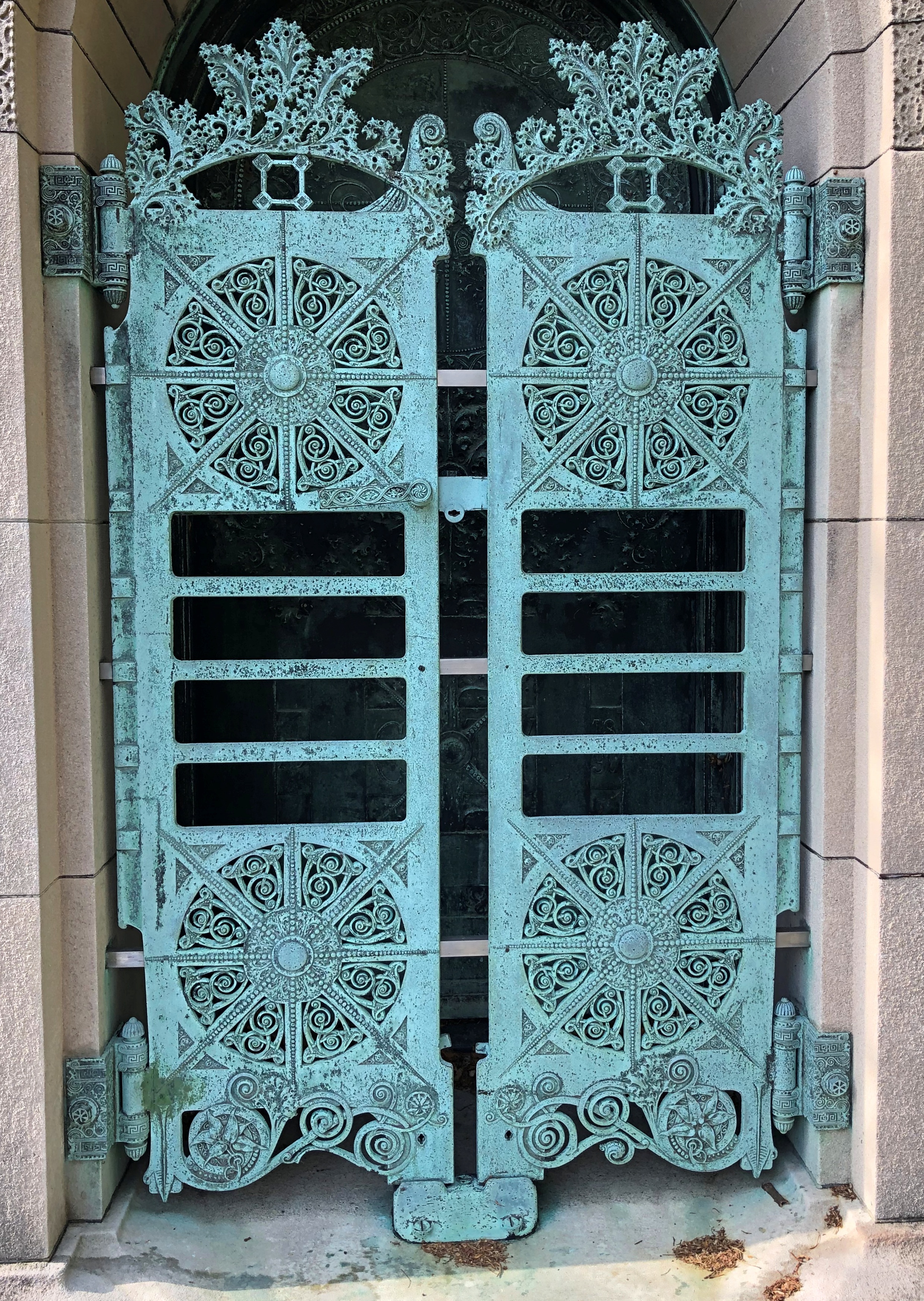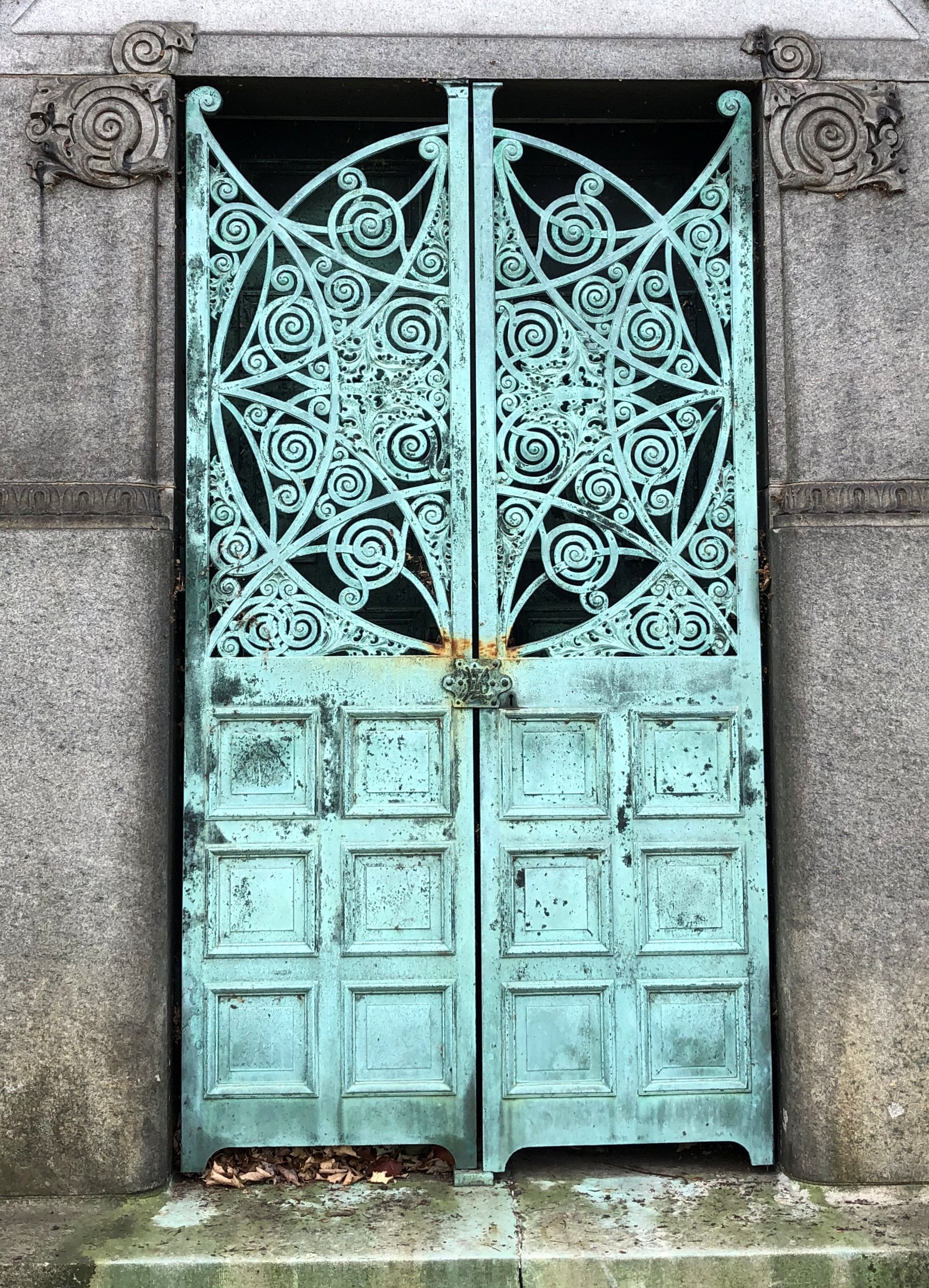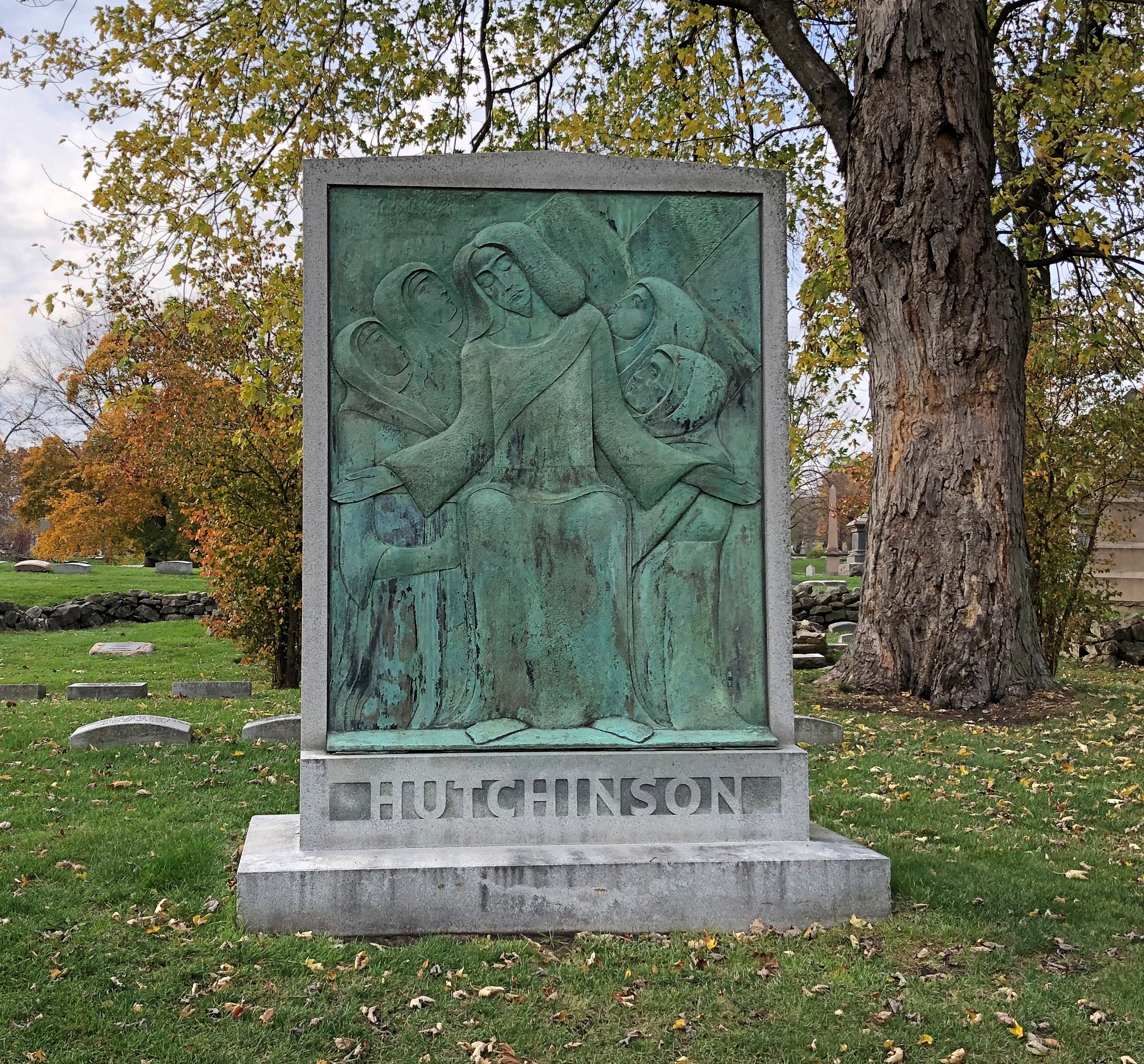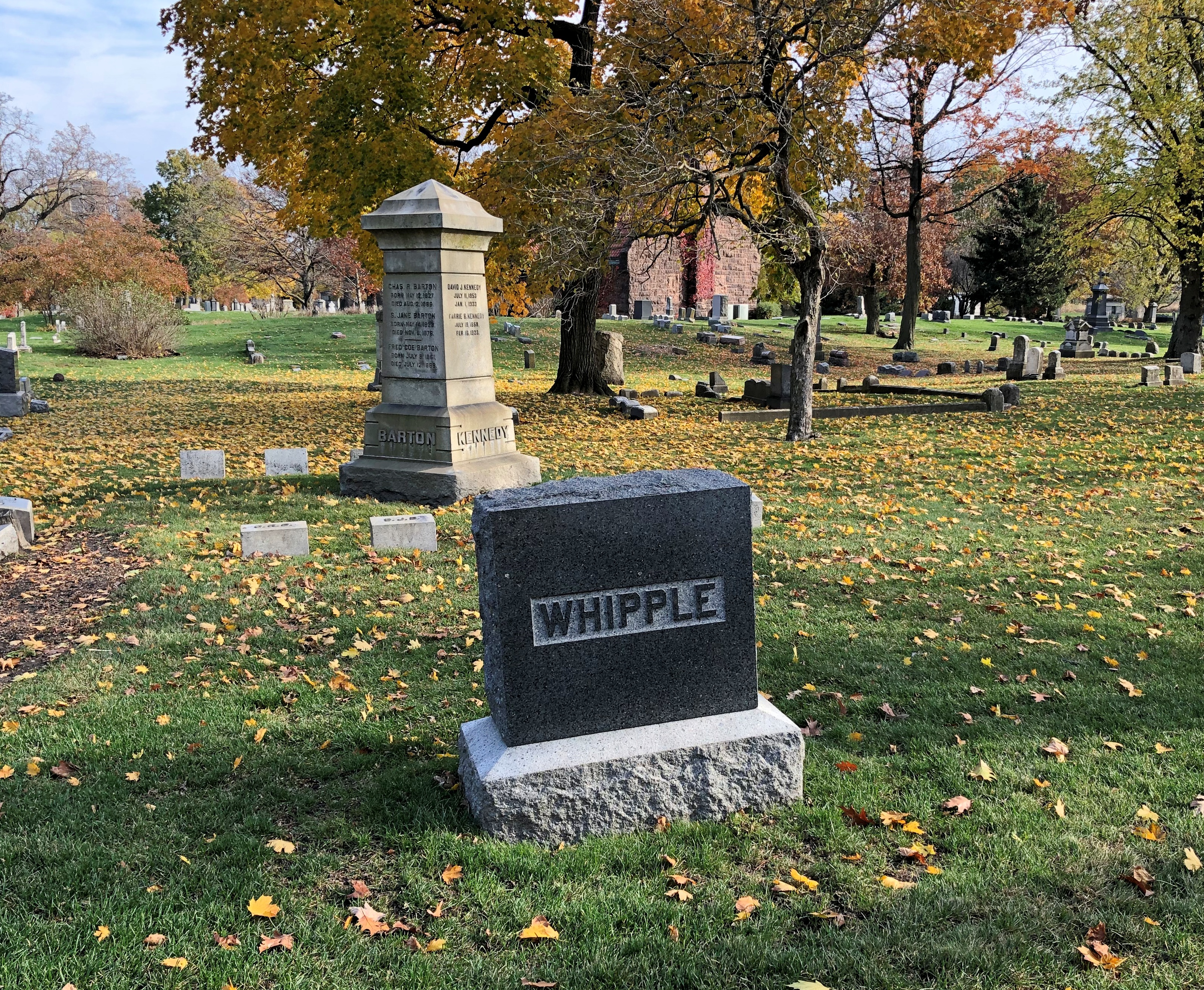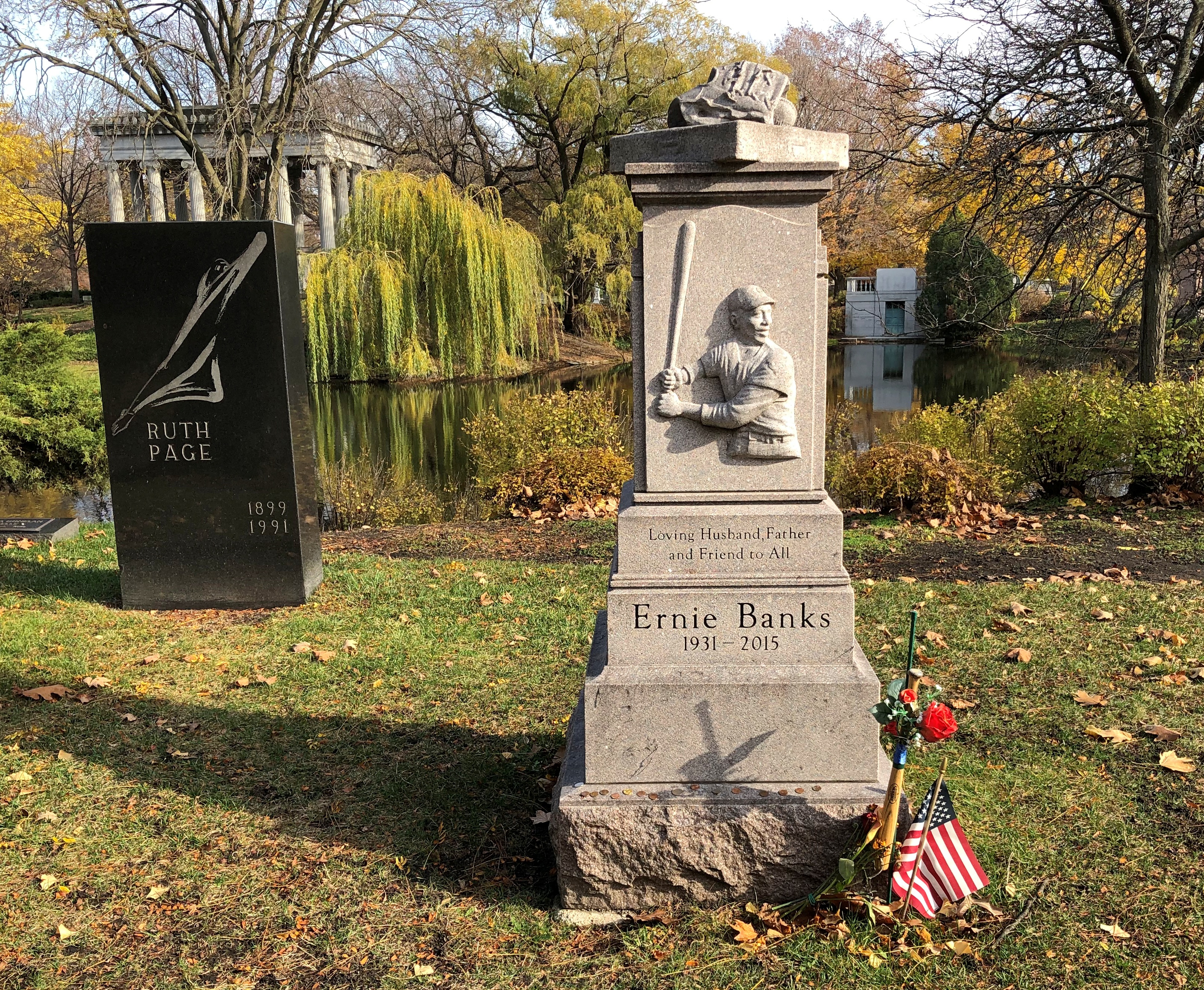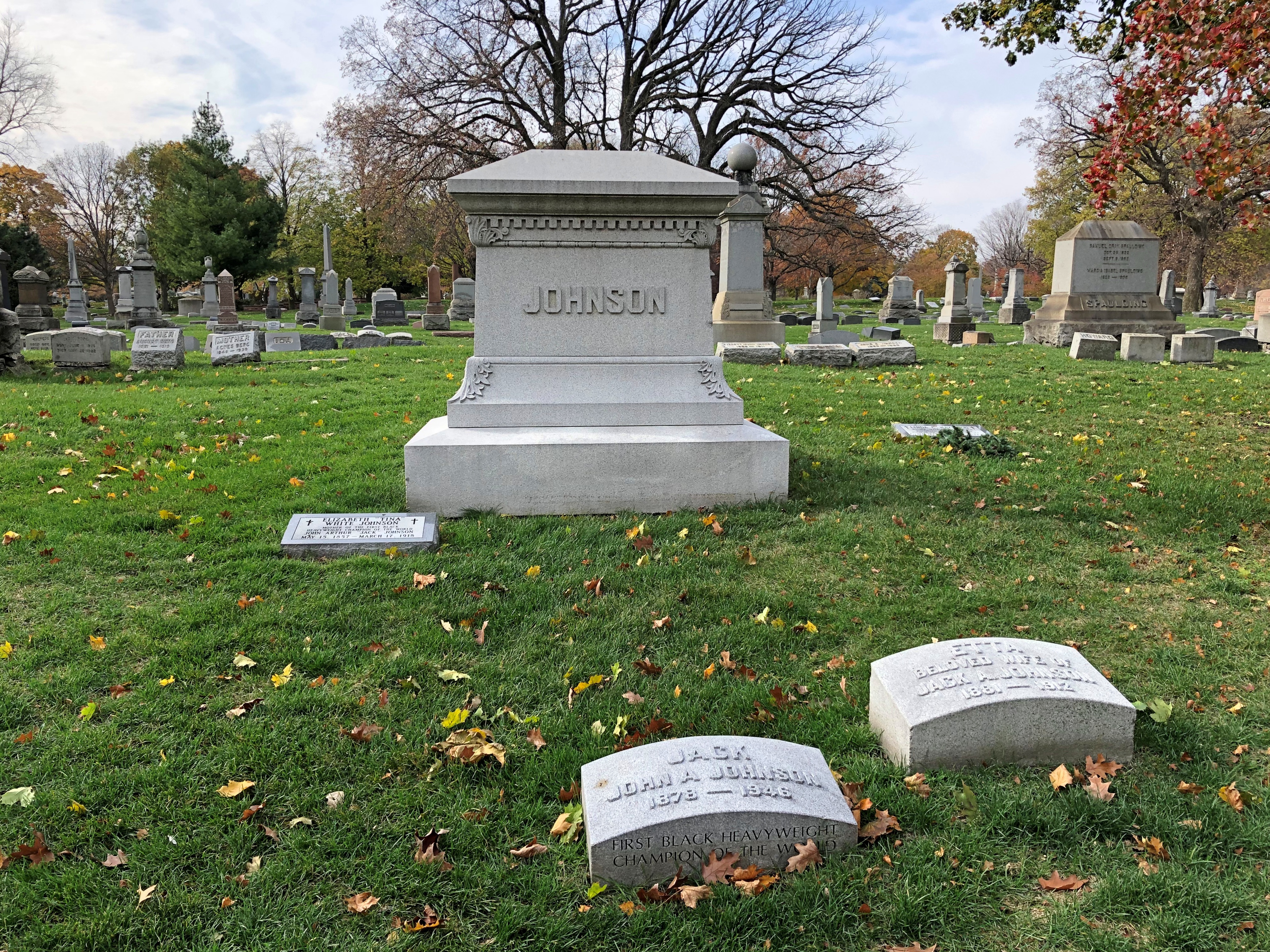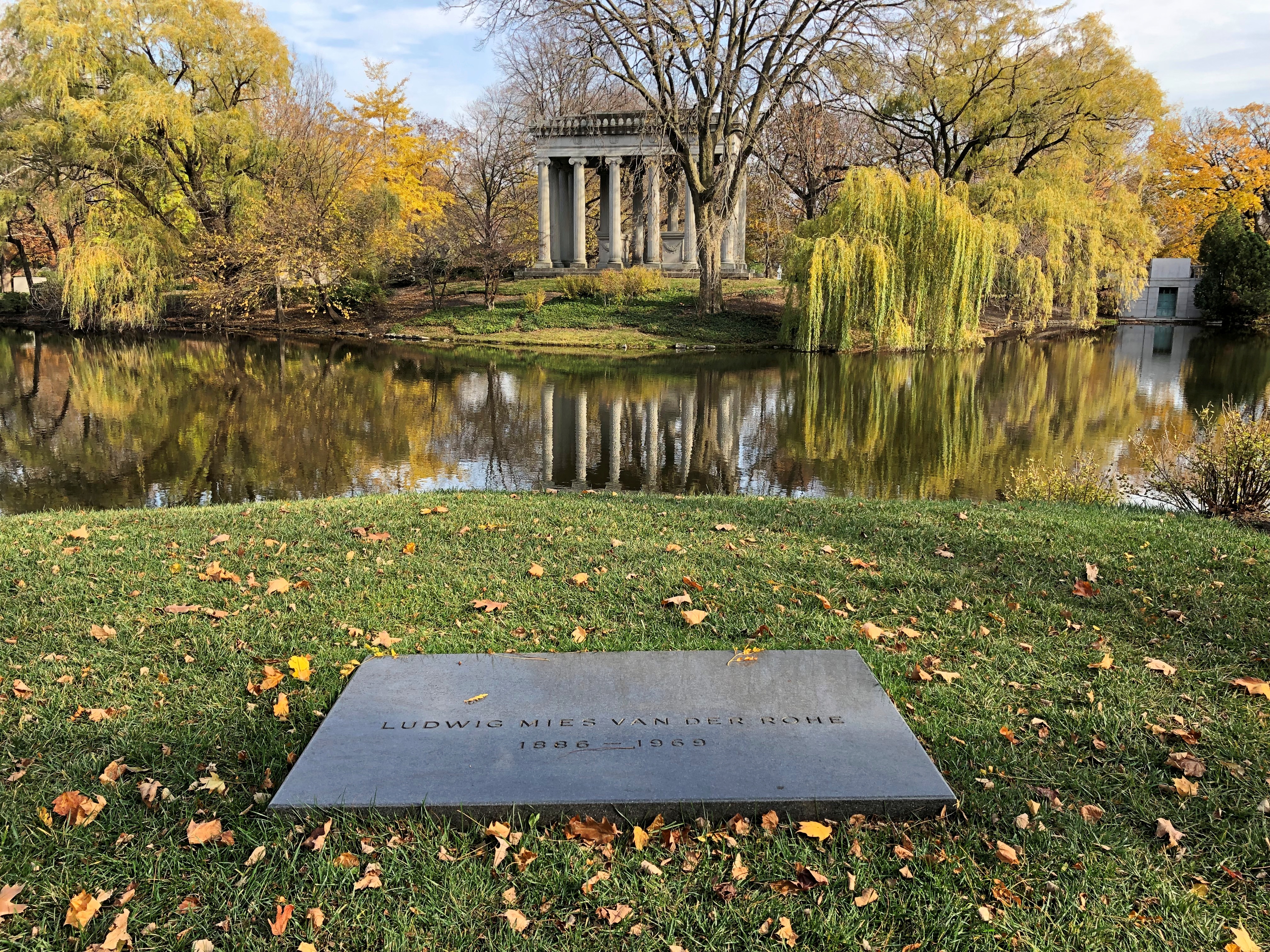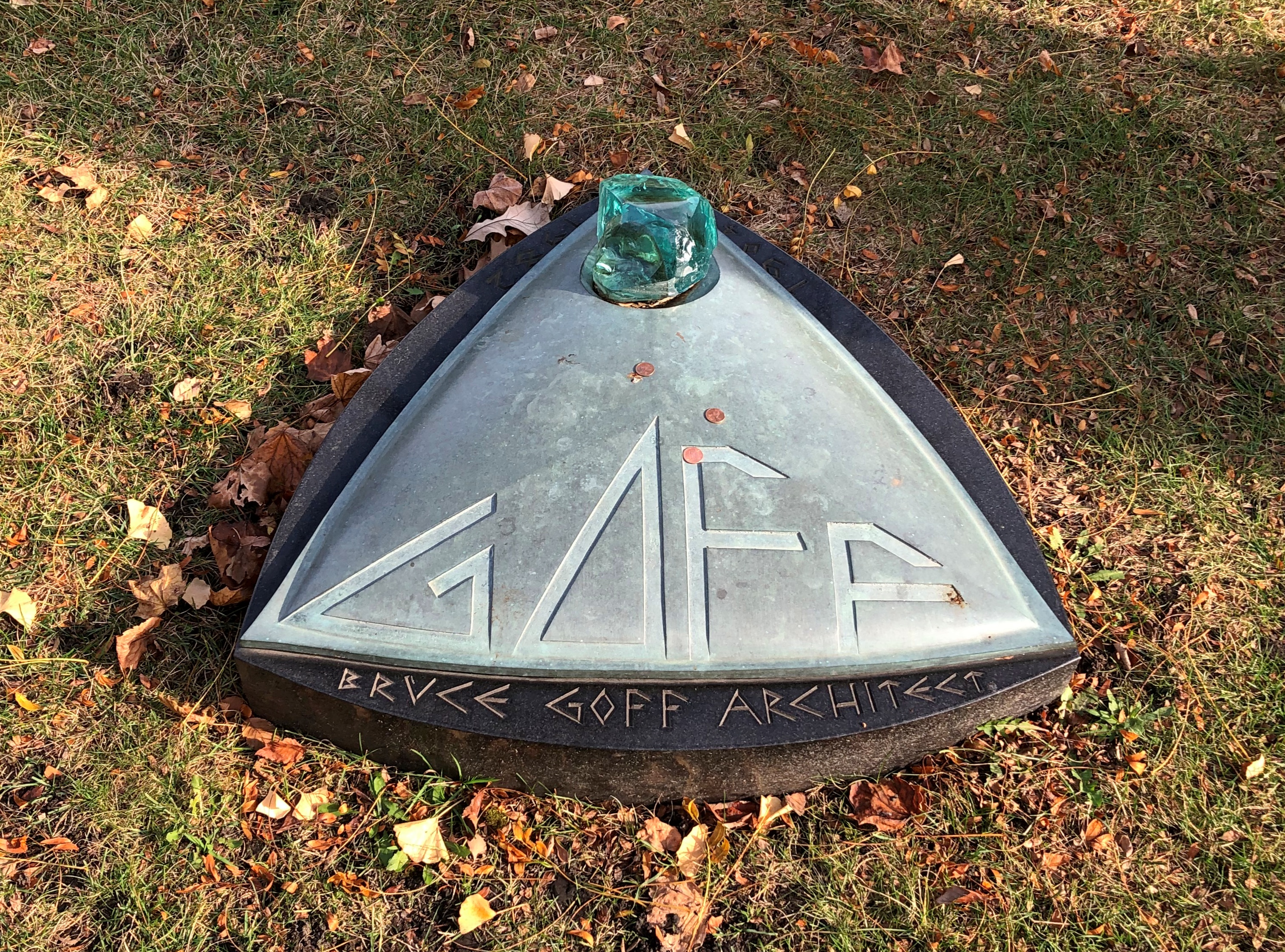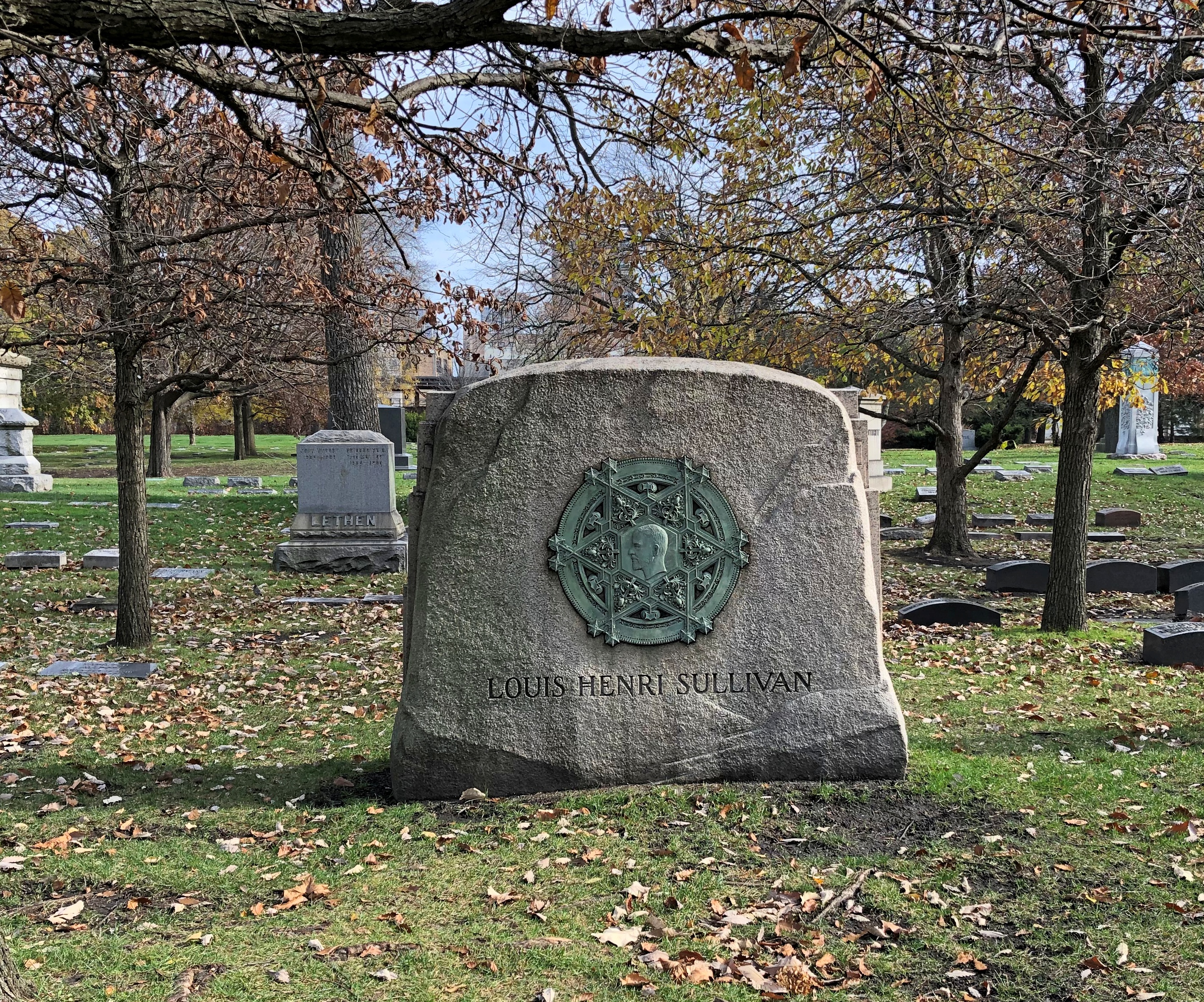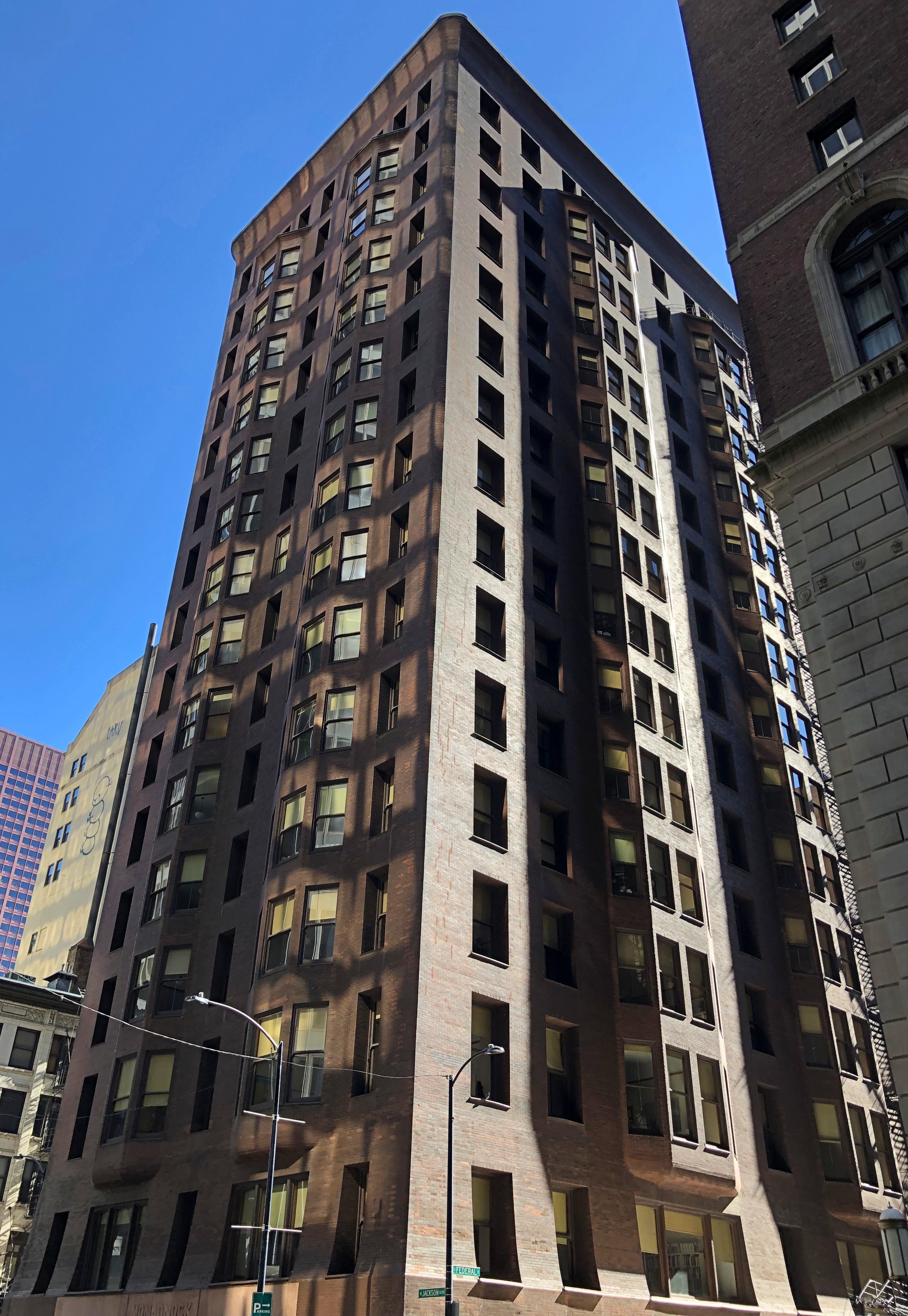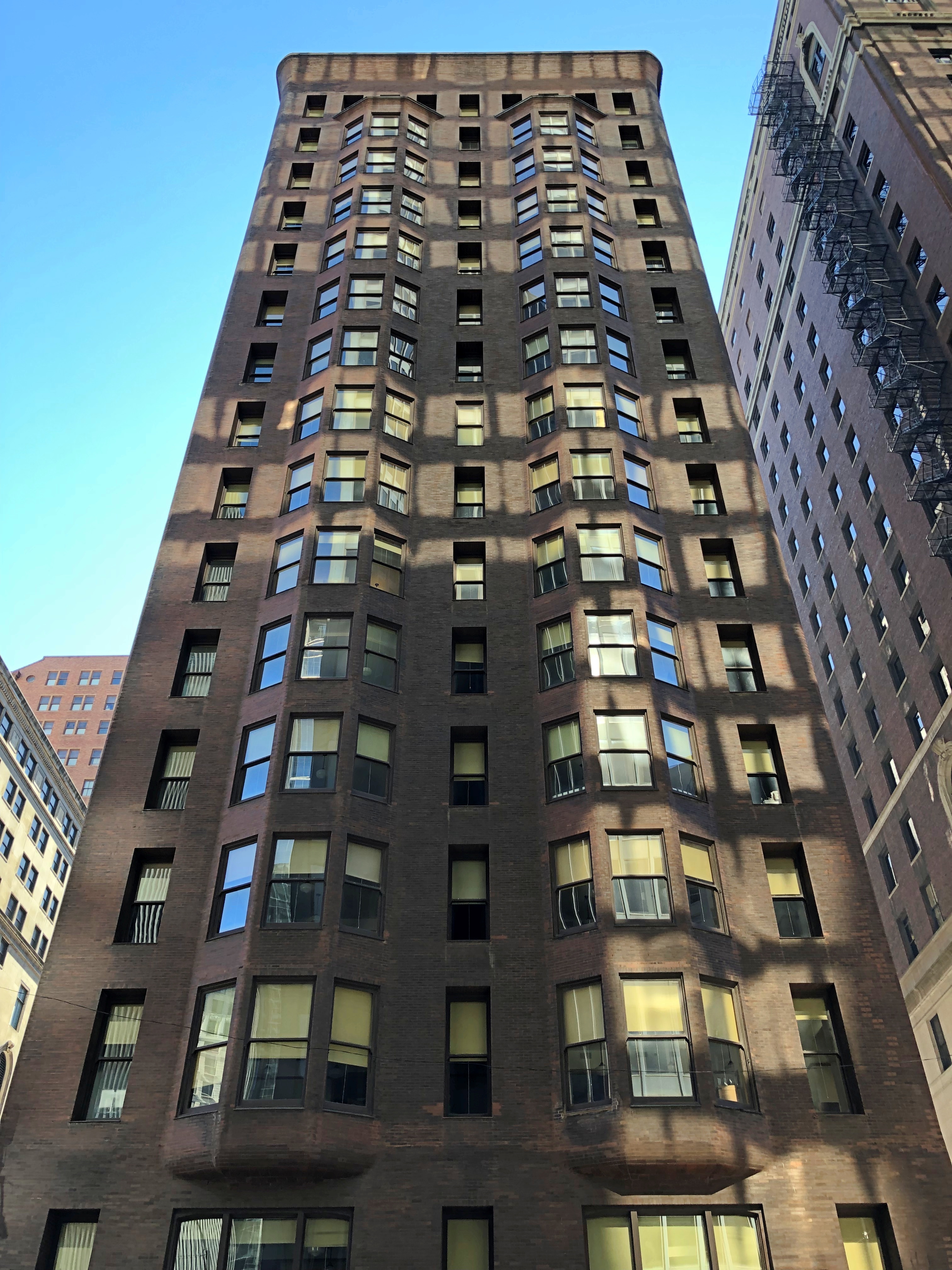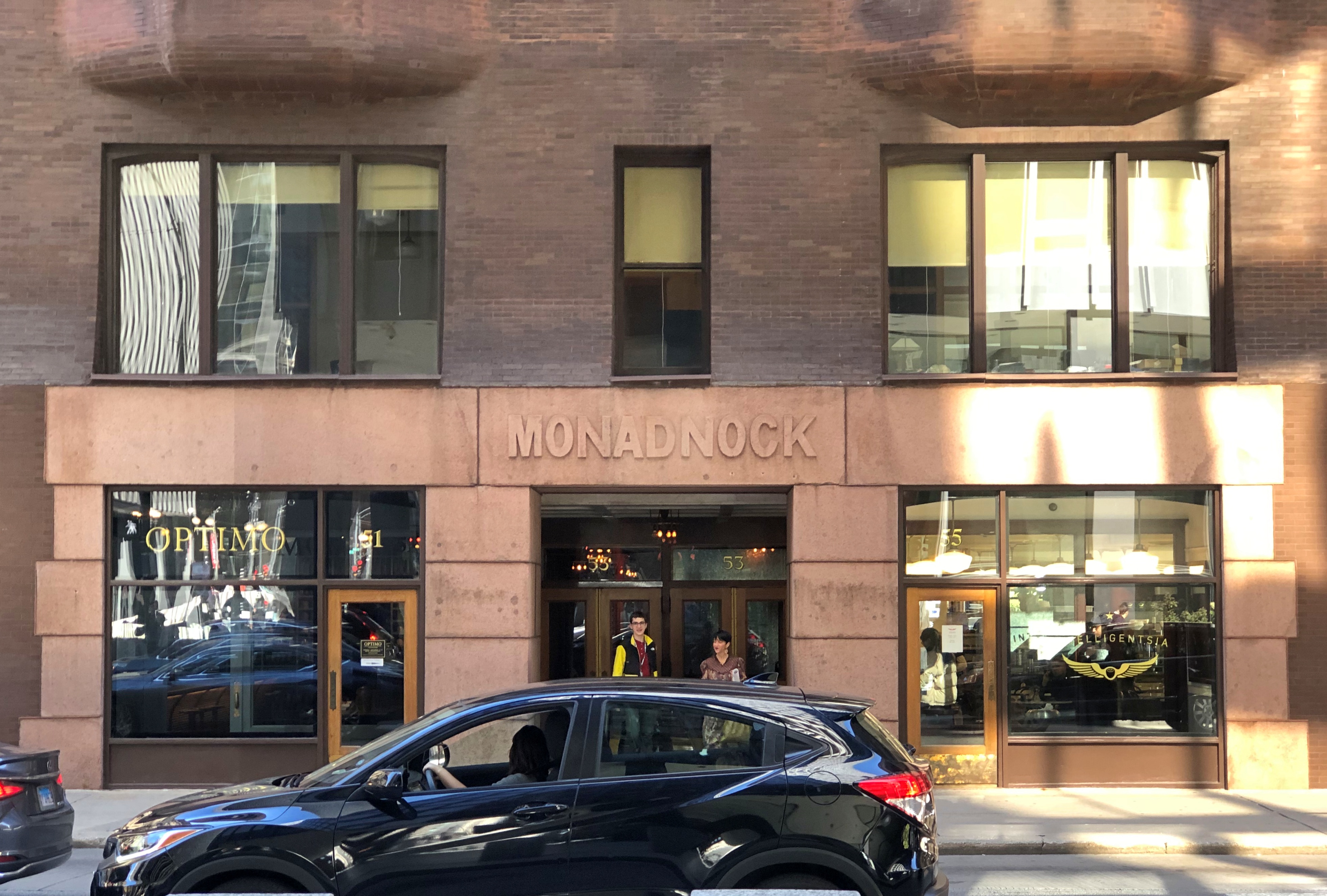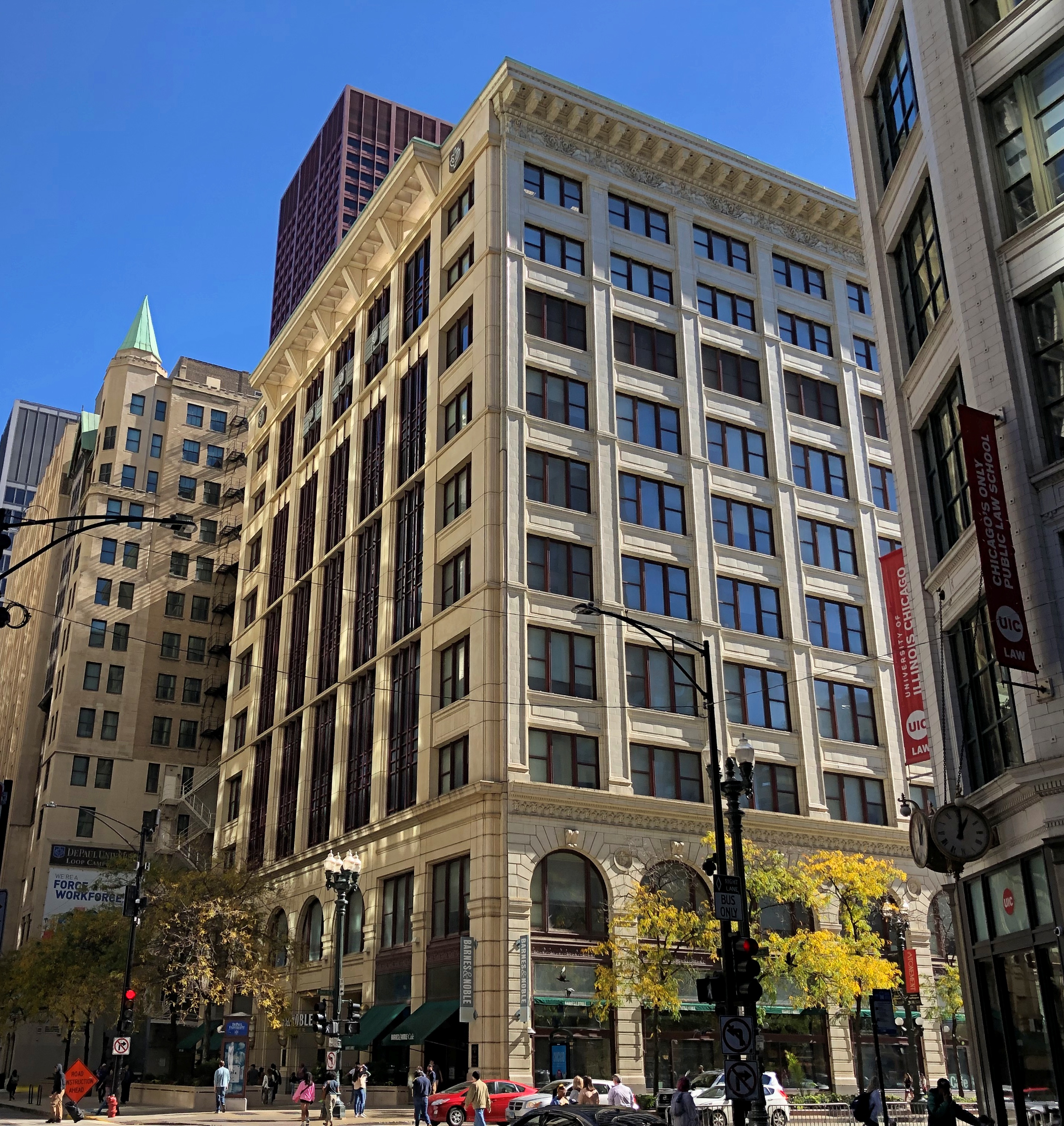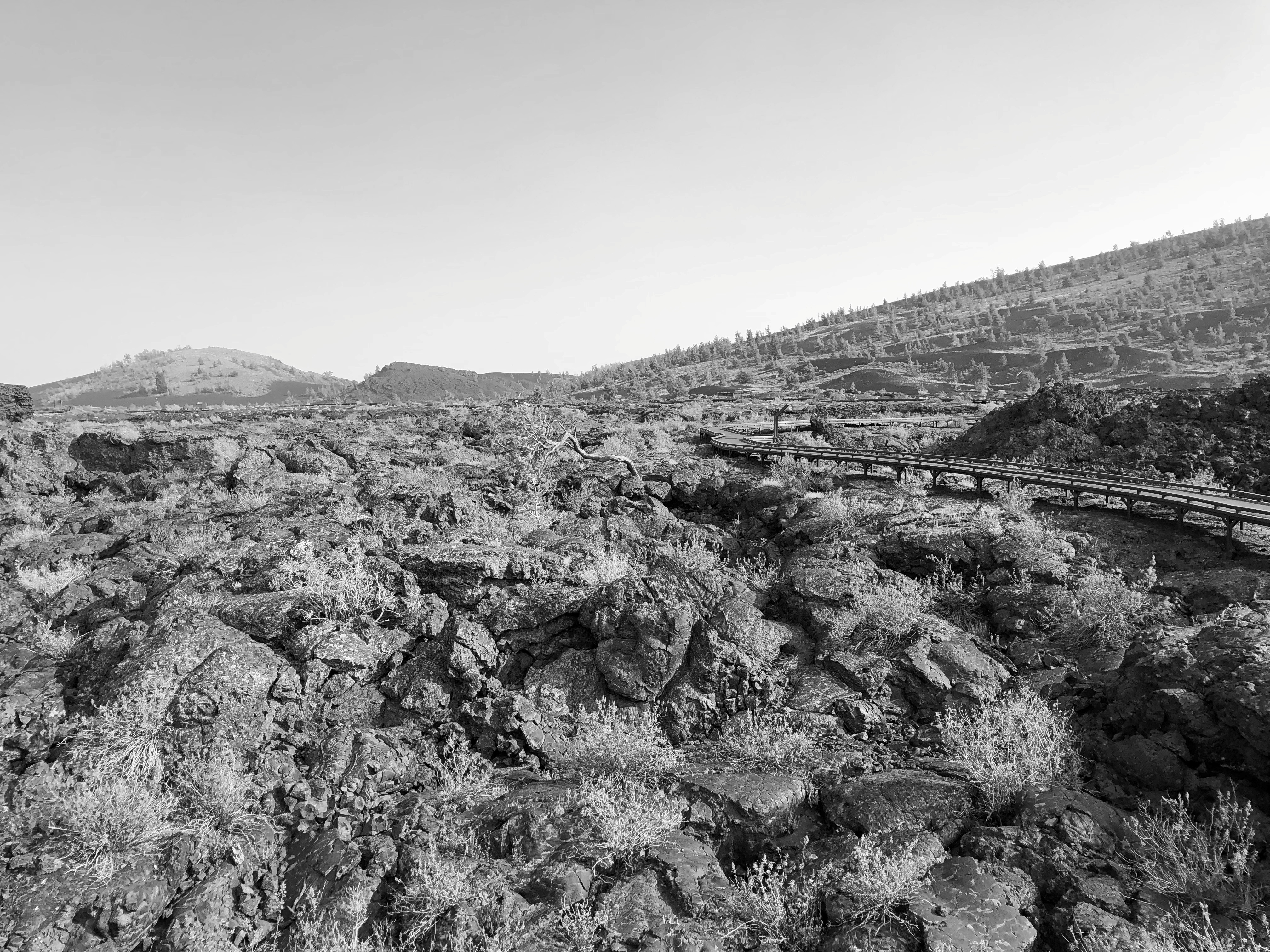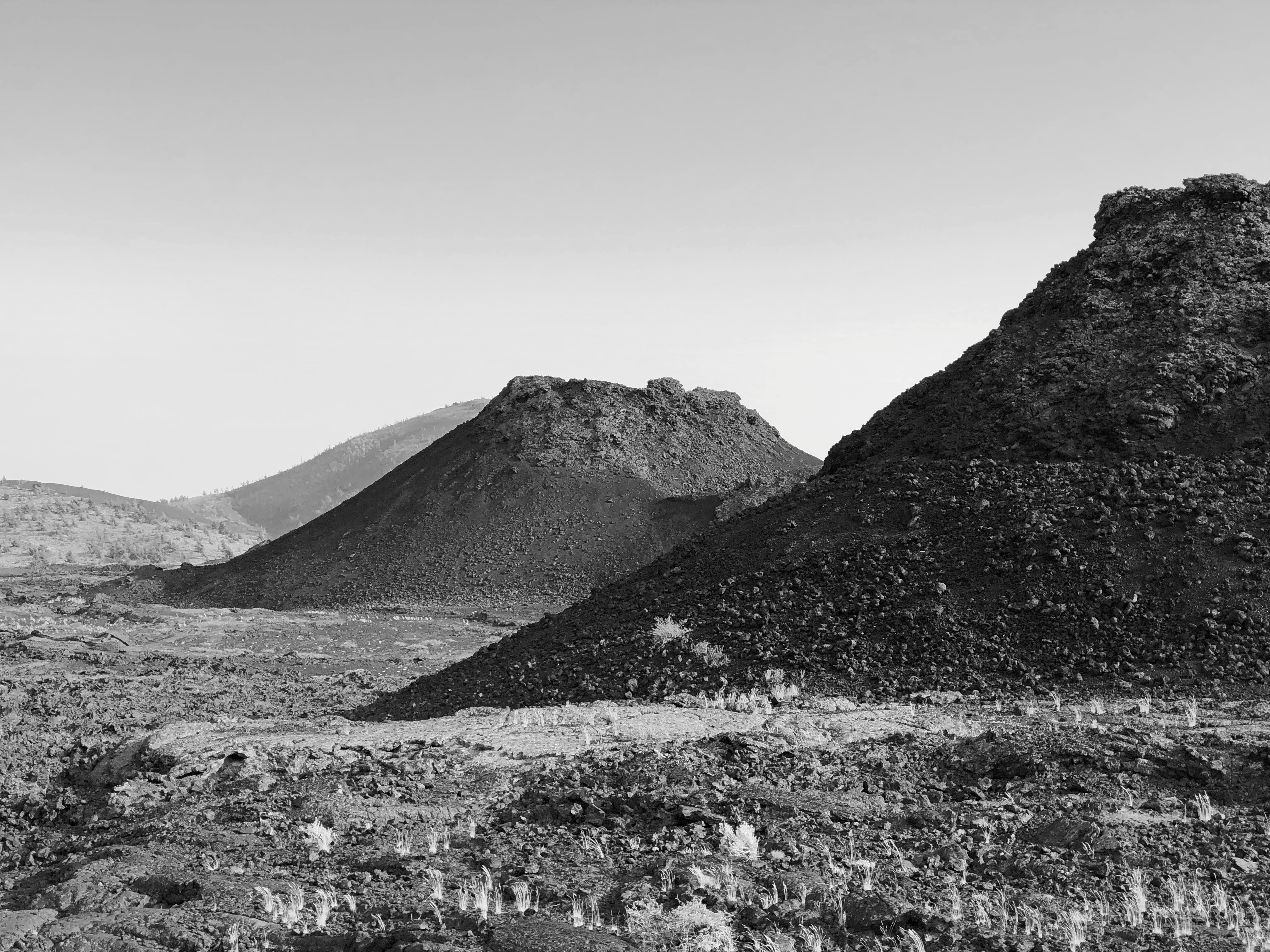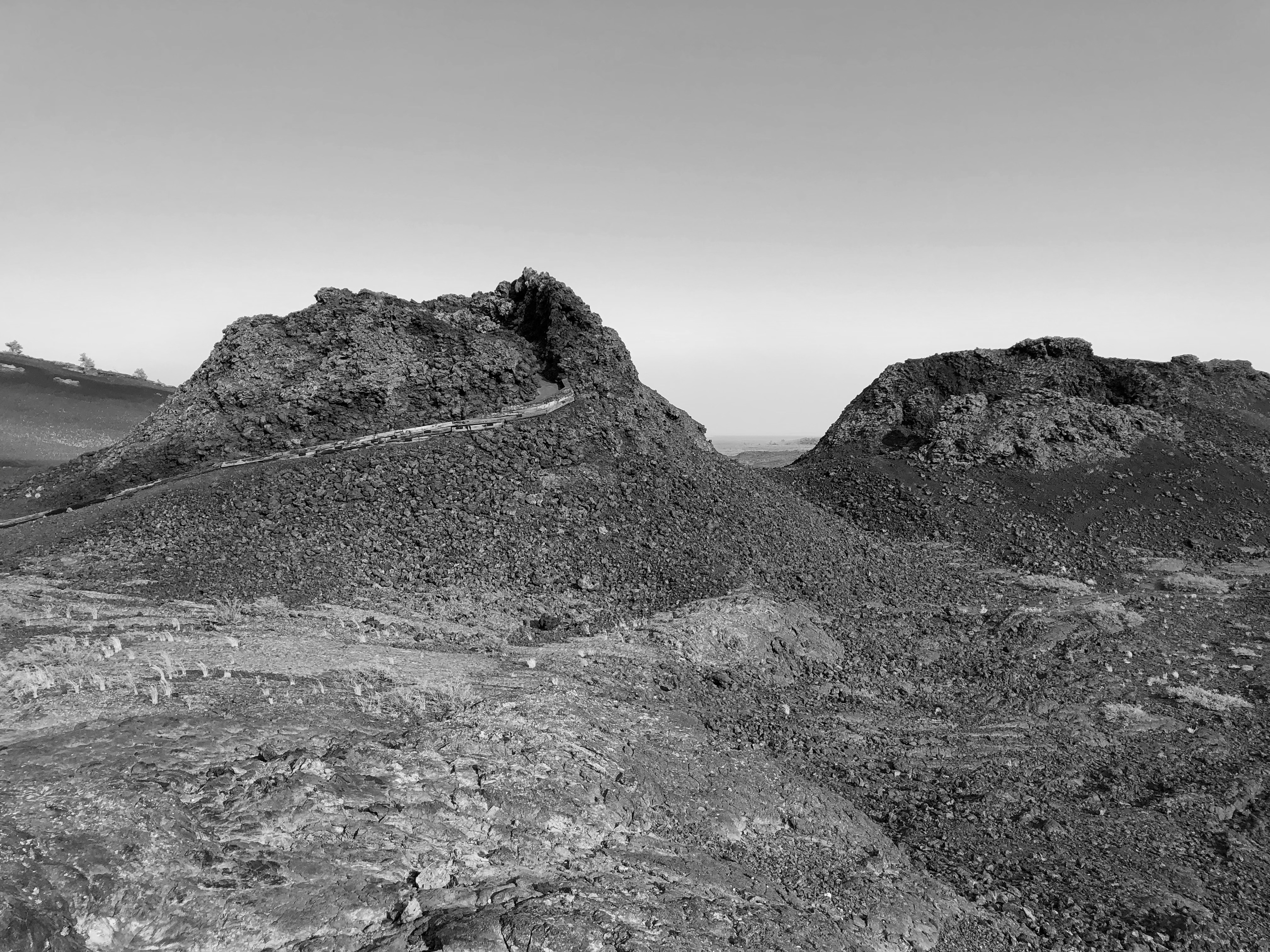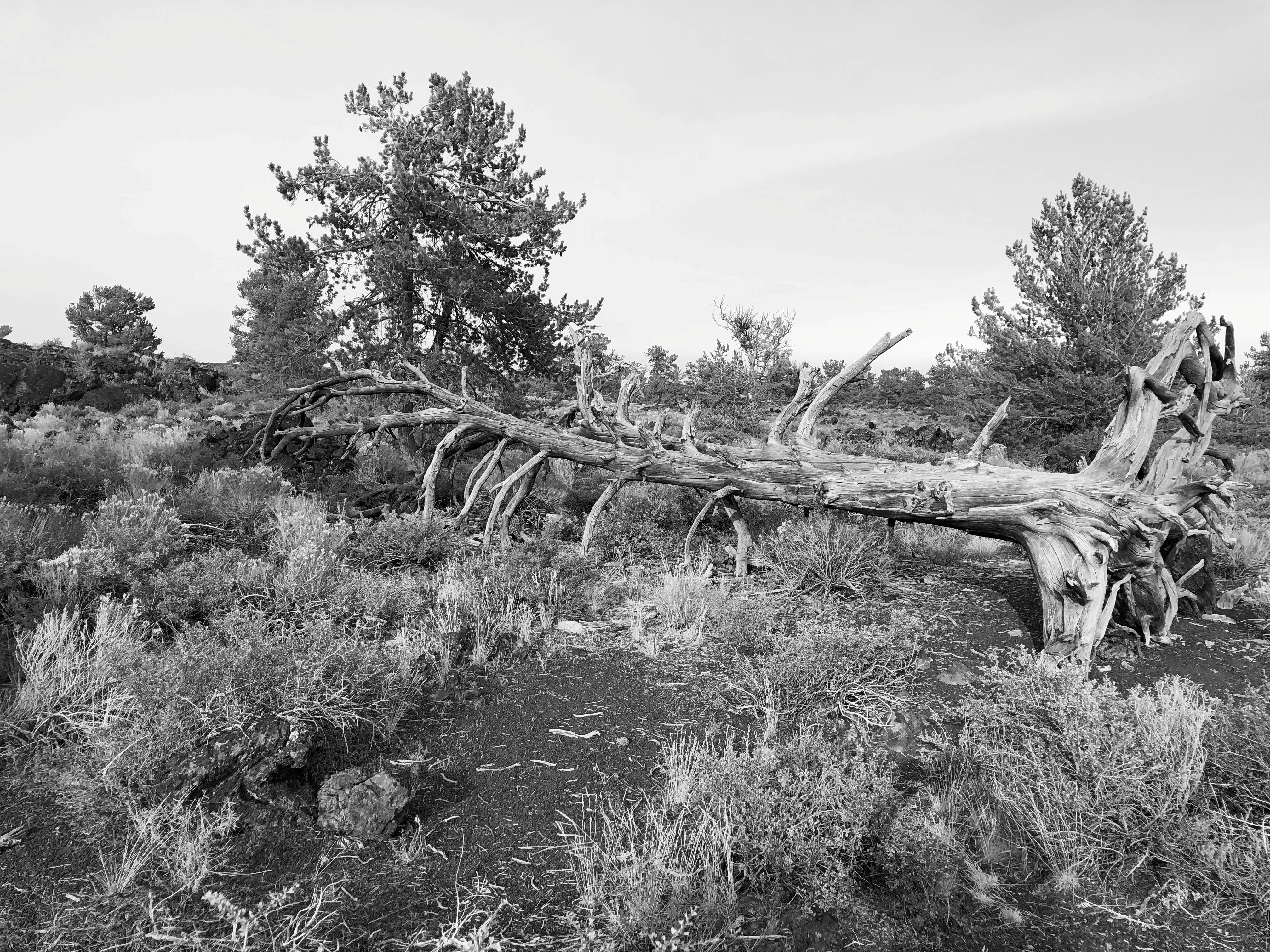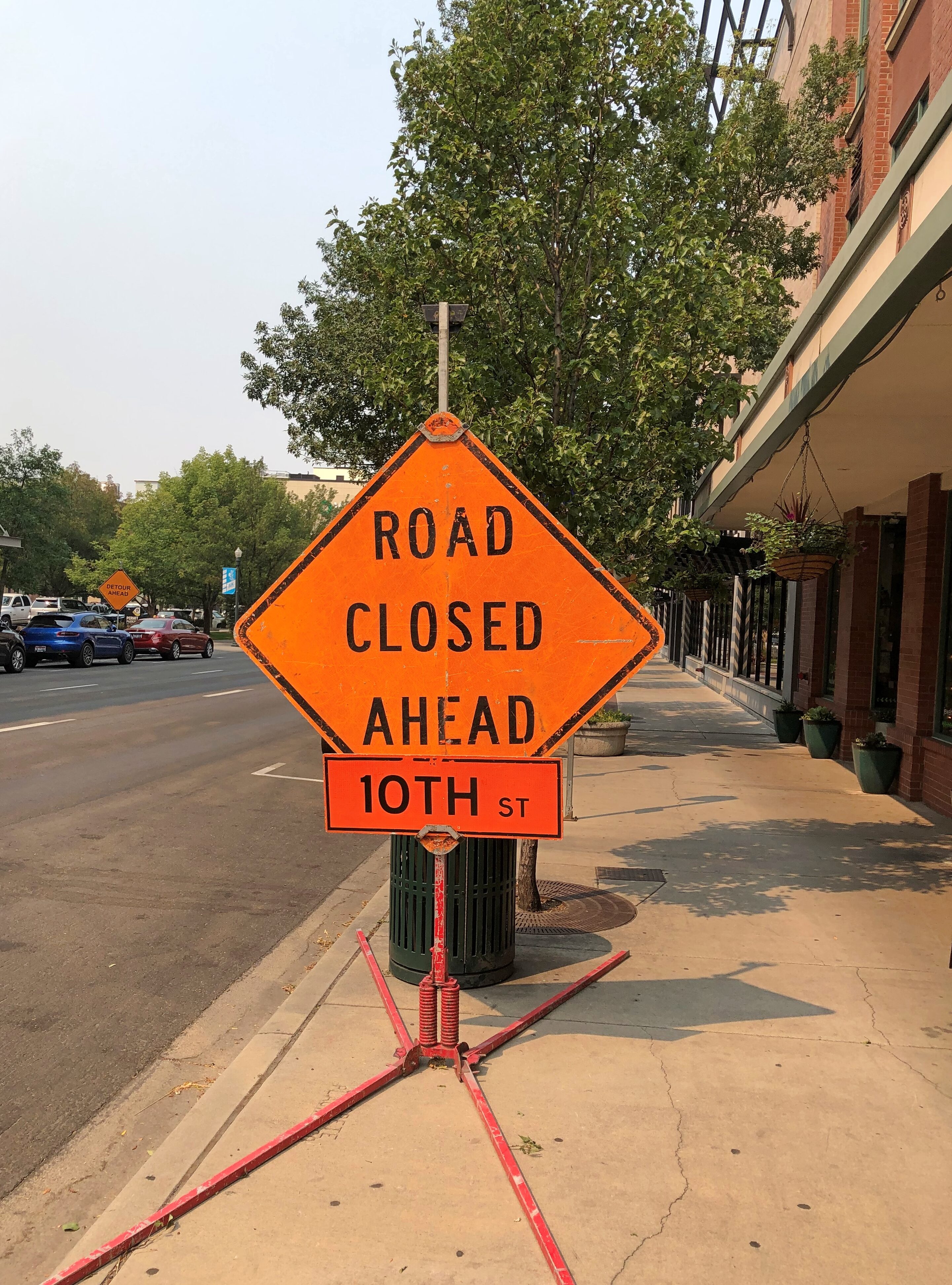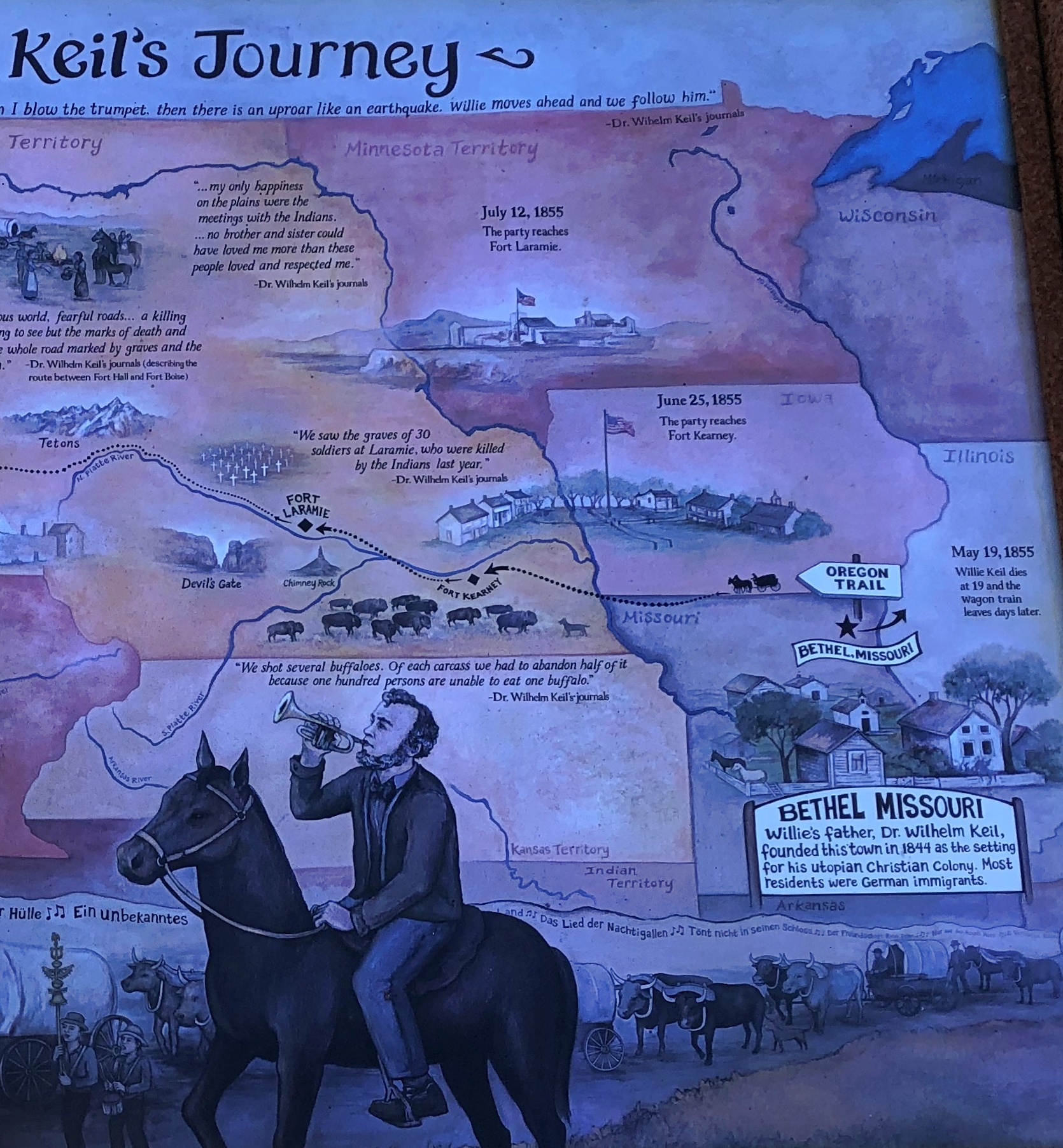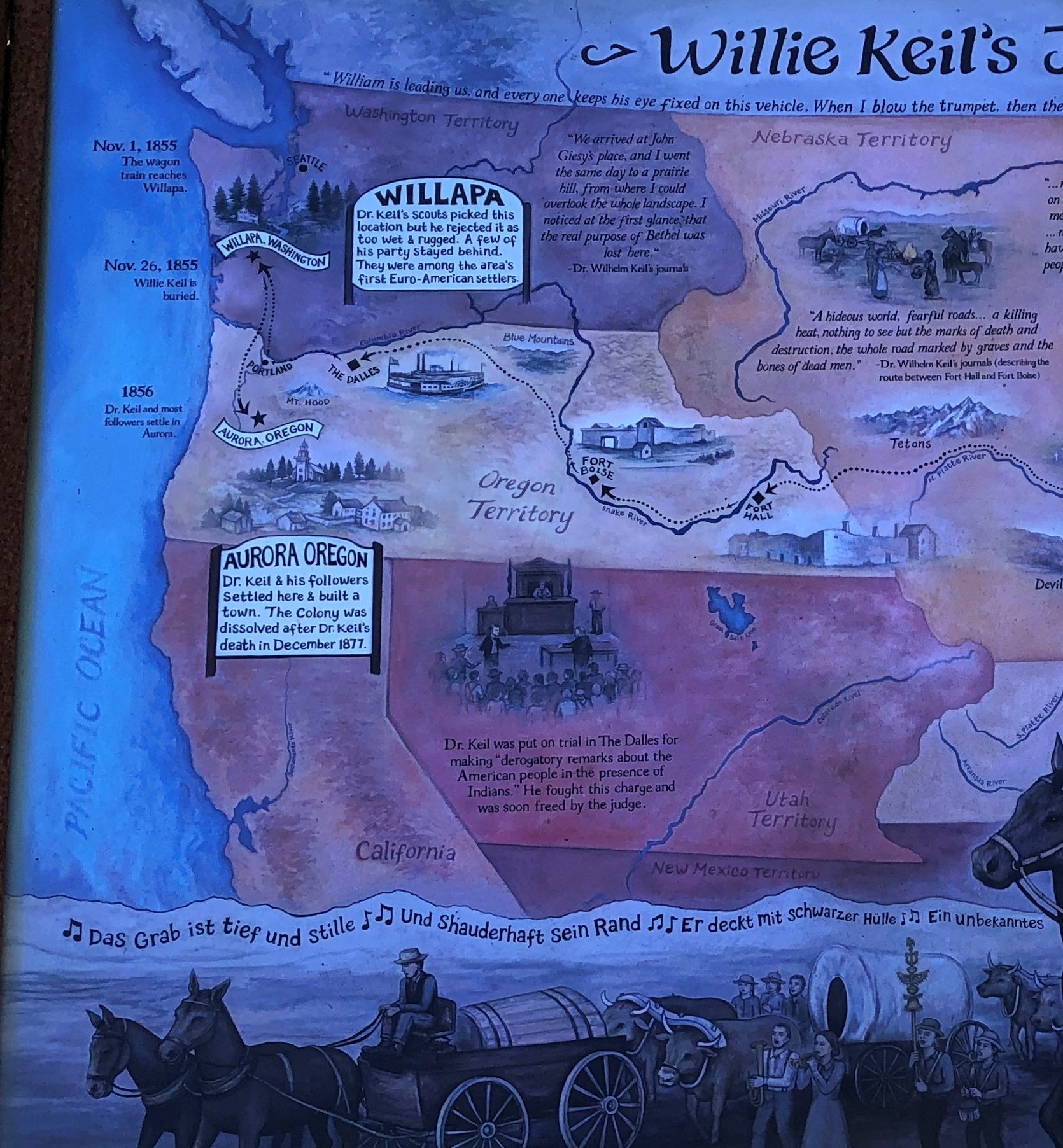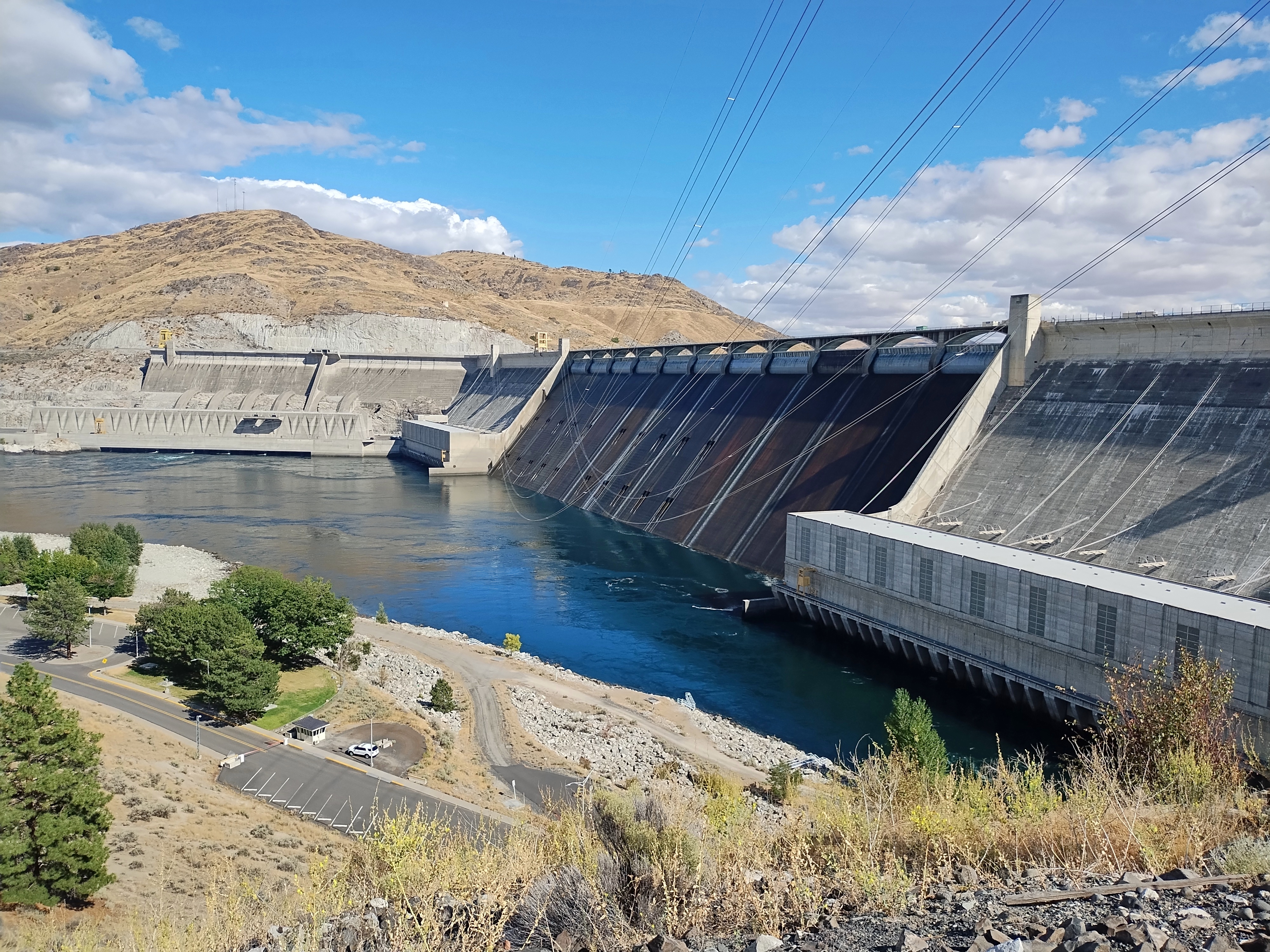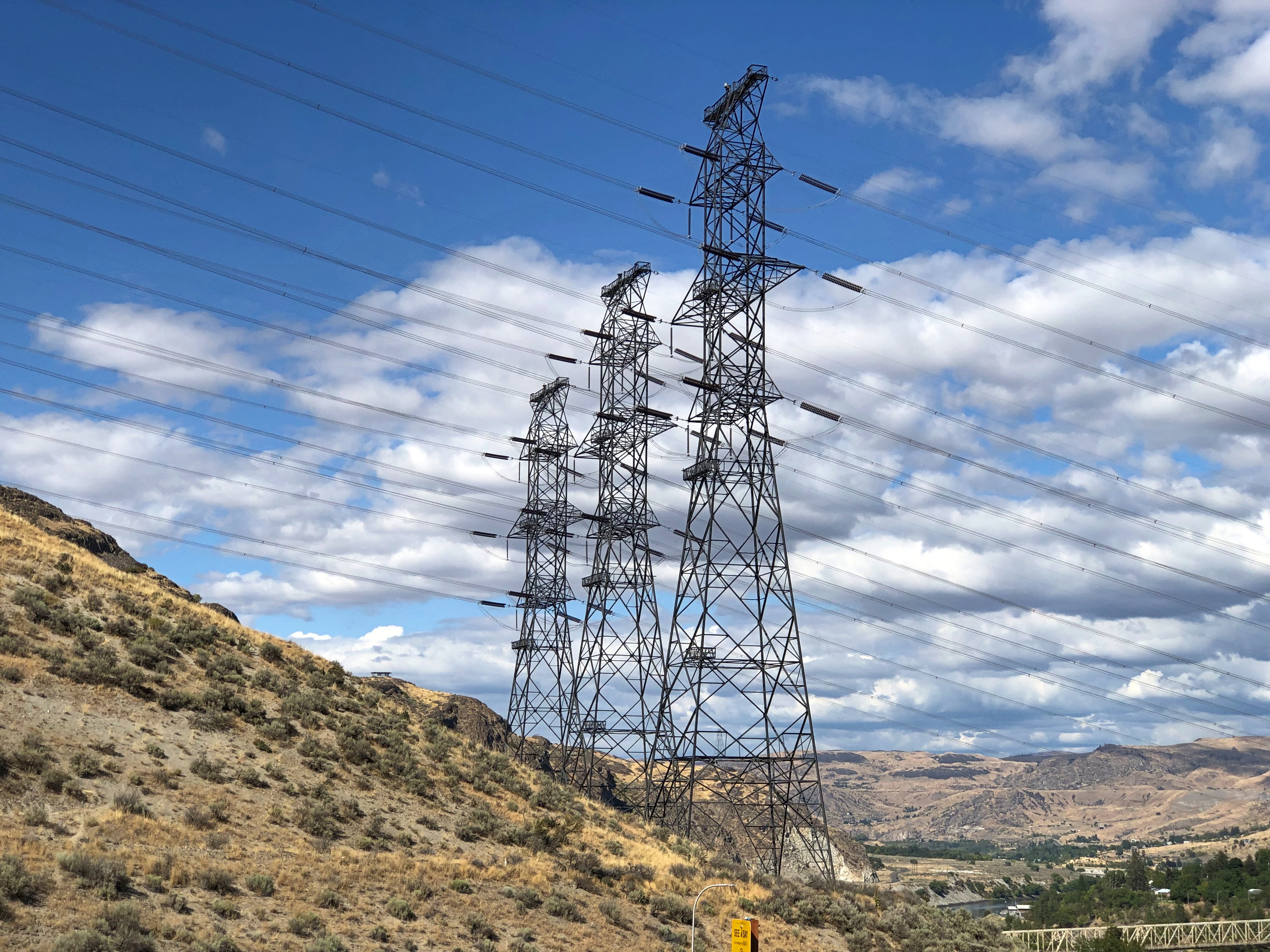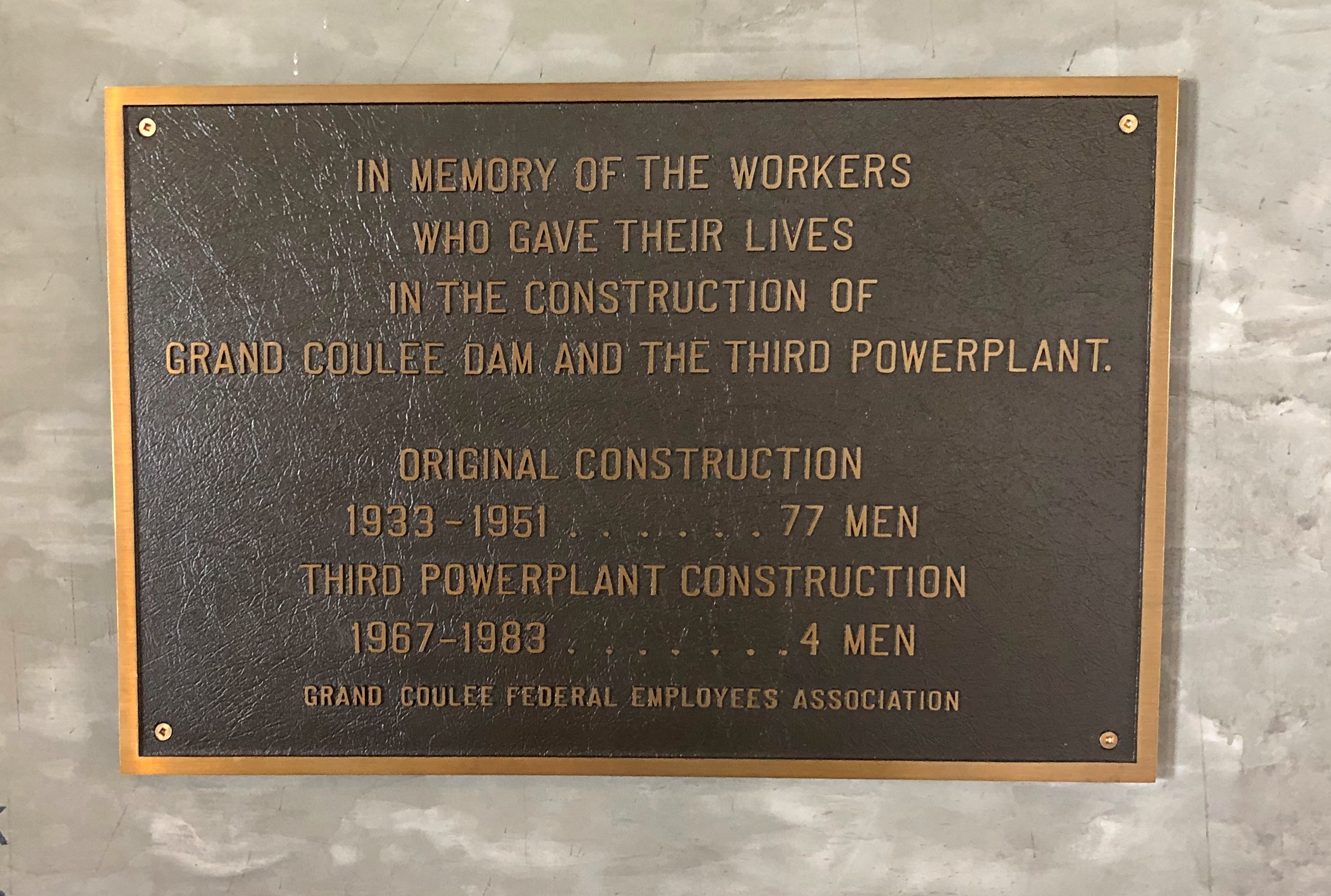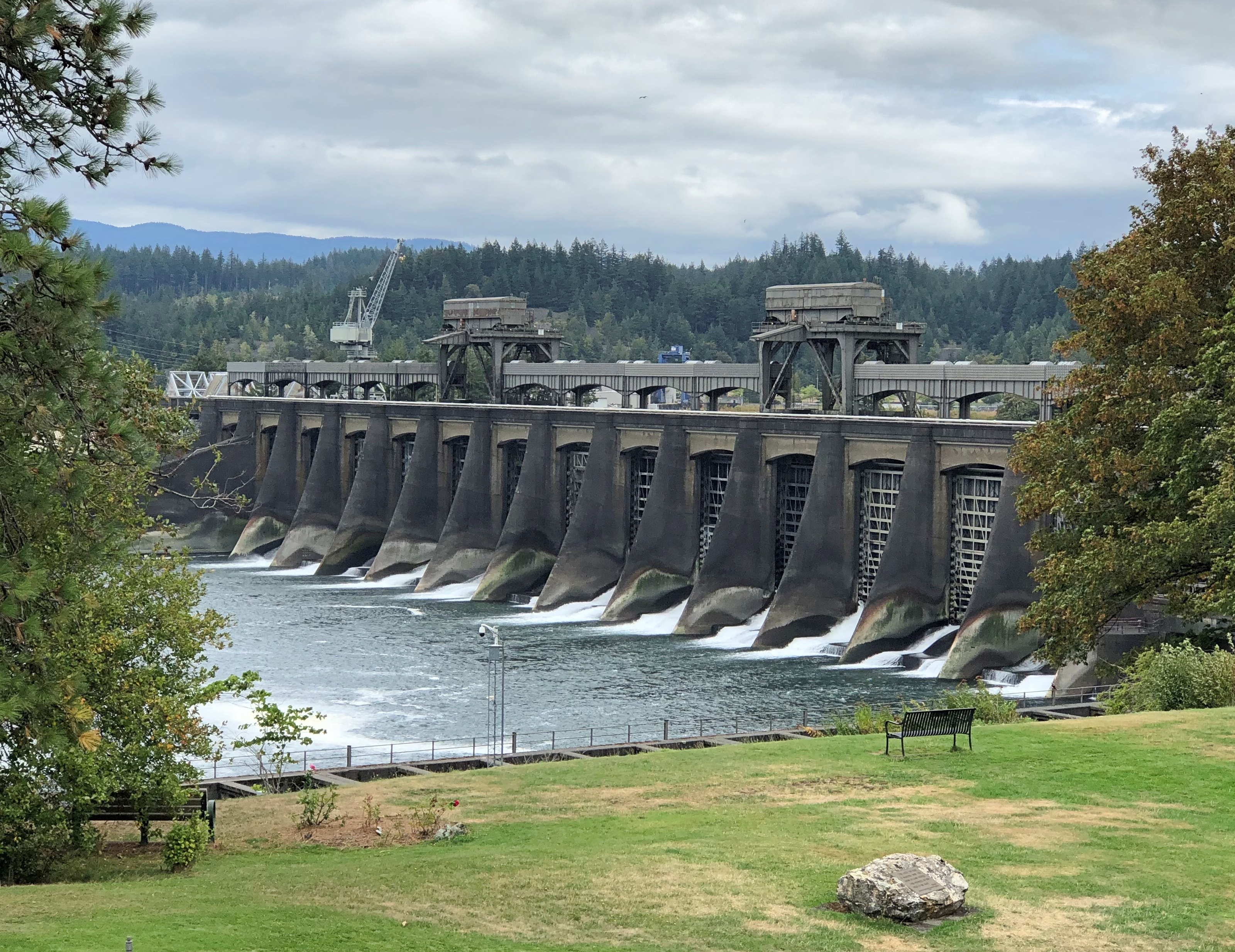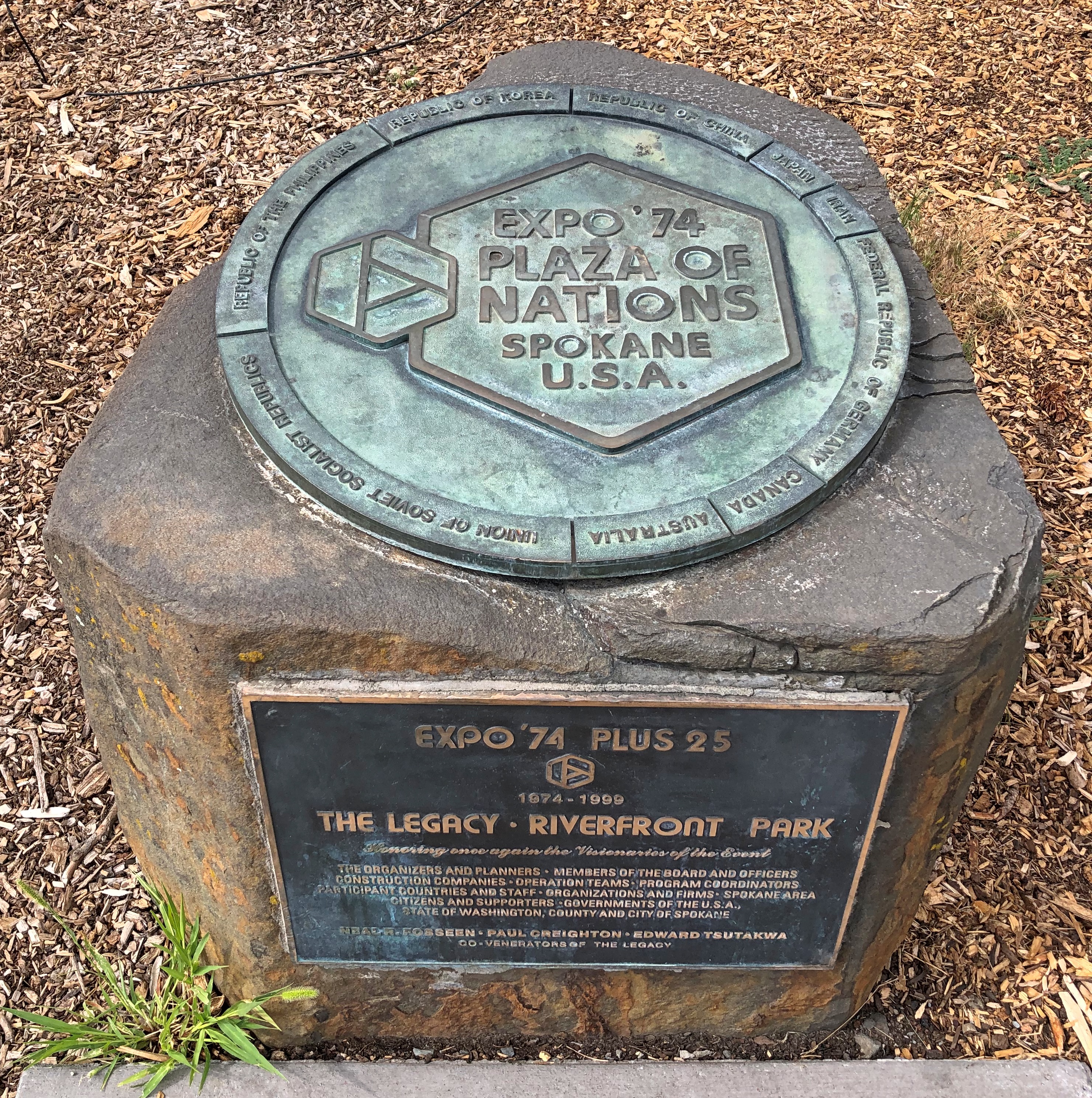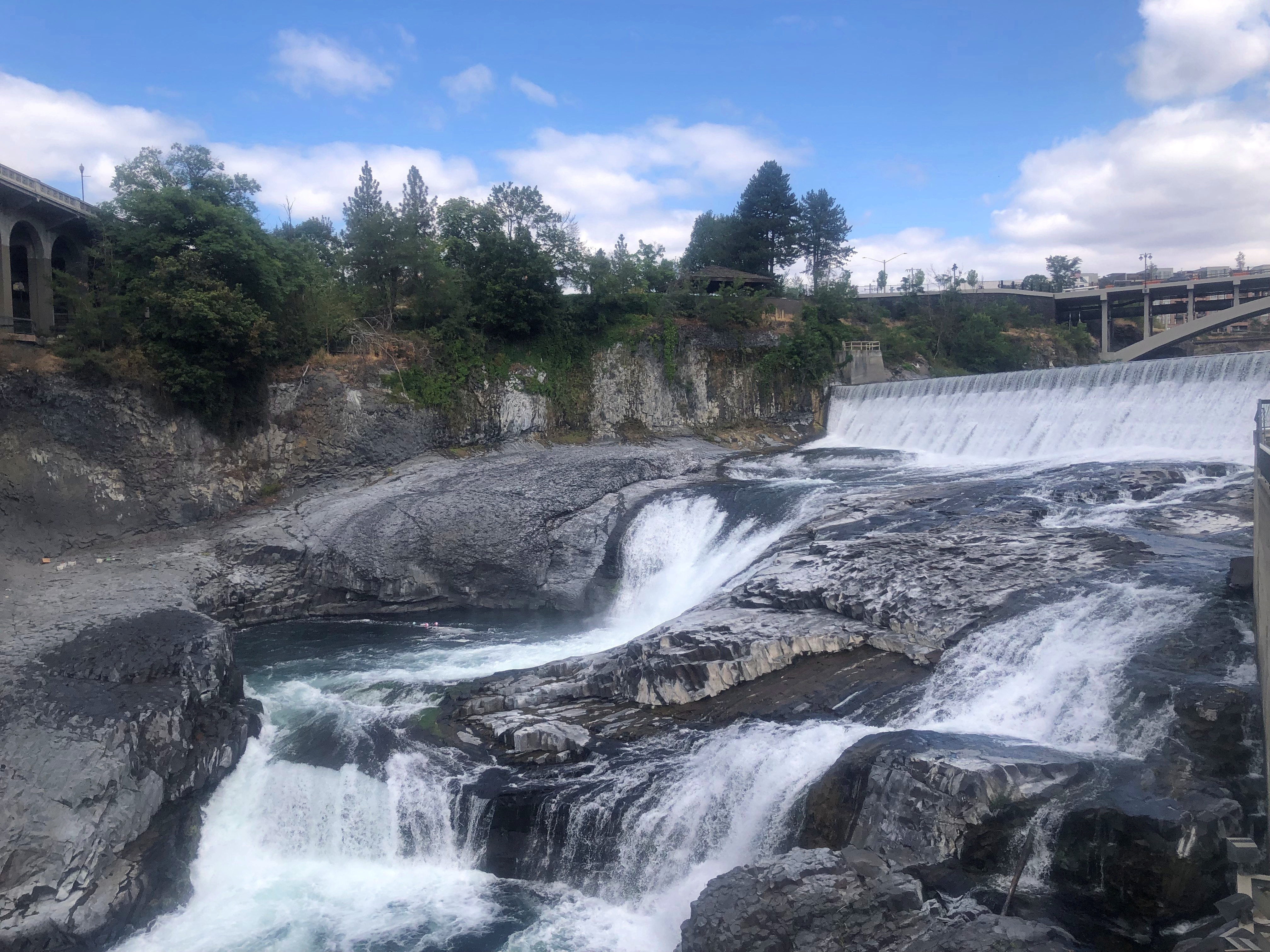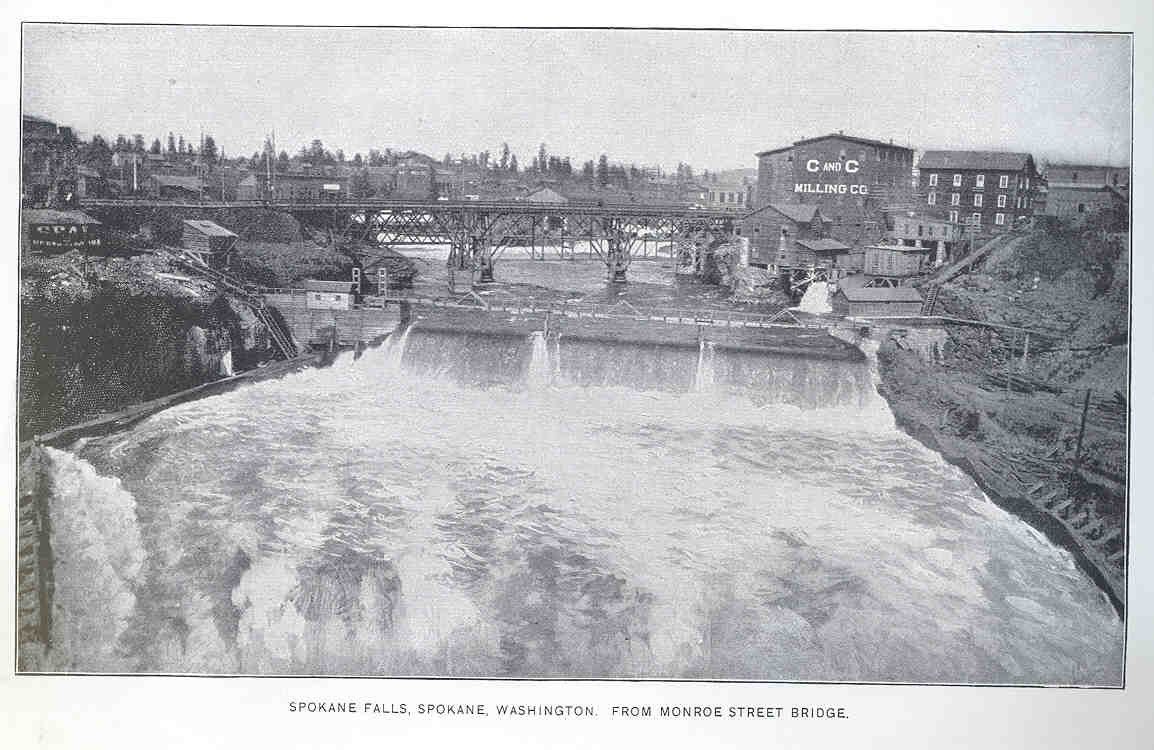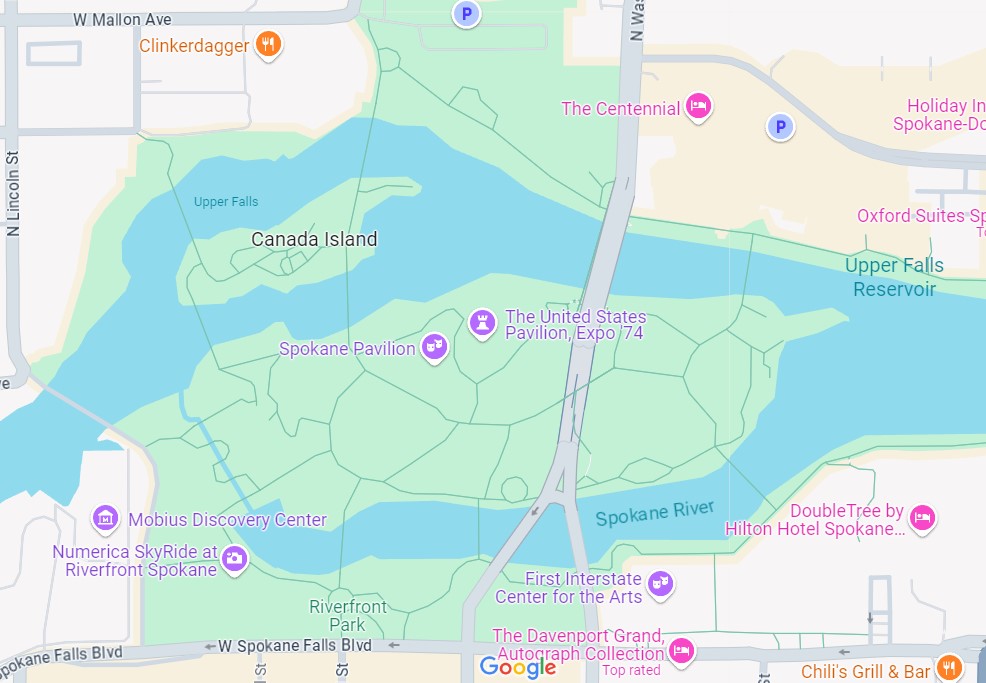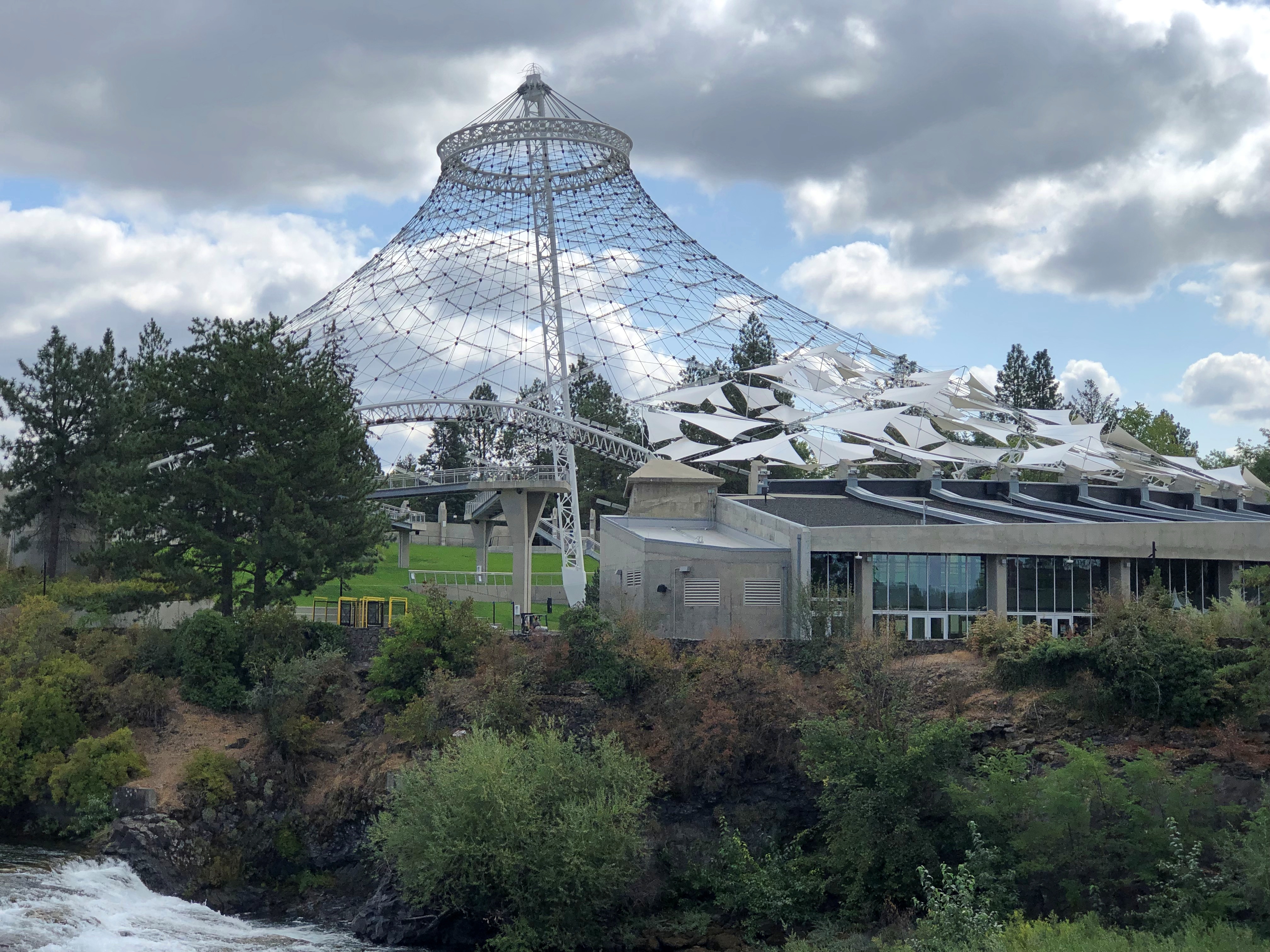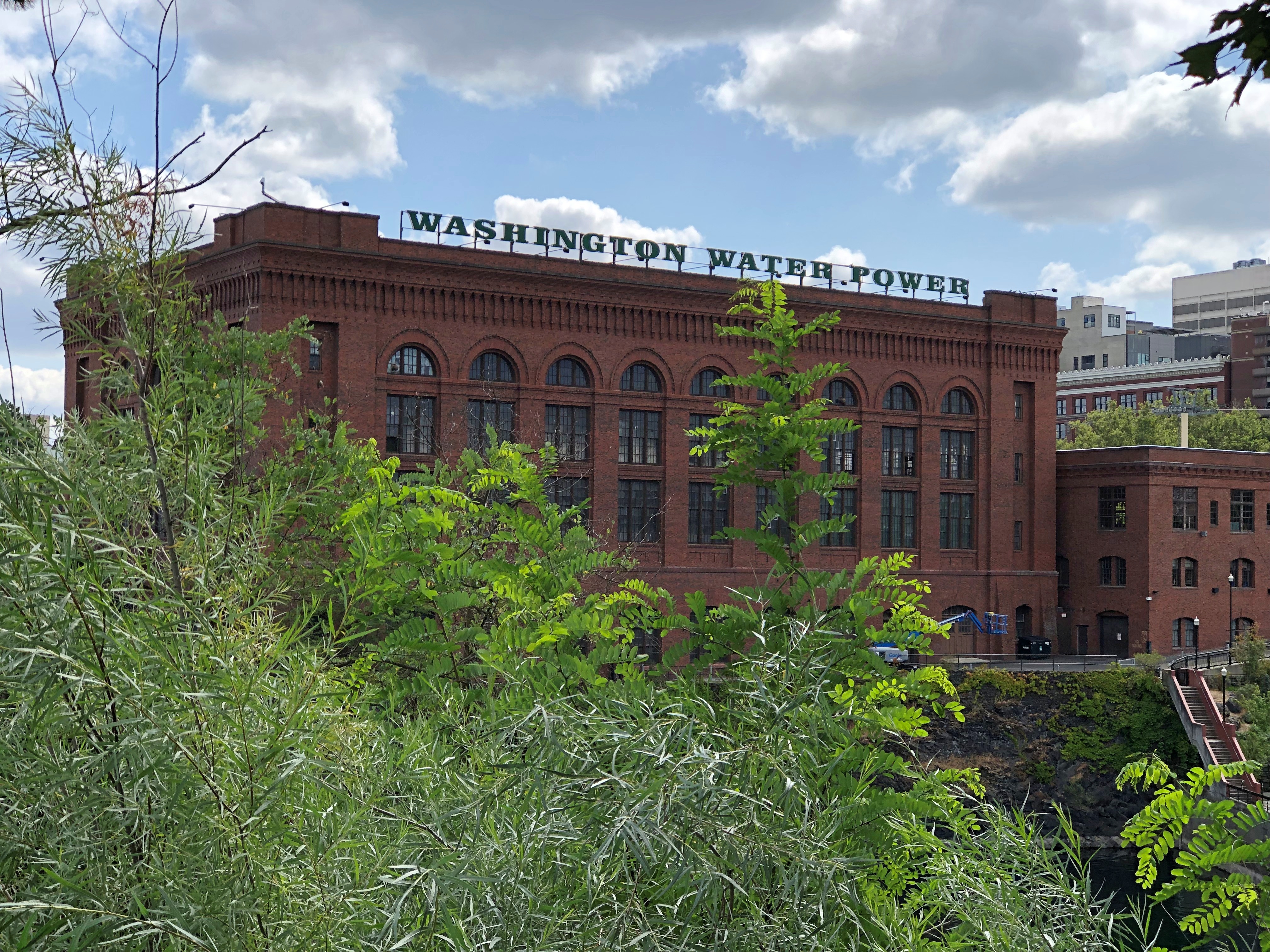It was a nicely structured day trip to Corpus Christi earlier this month, if I say so myself. We left not ridiculously early from SA, but early enough to catch a few easy sights in Corpus before lunch. After lunch: a single main attraction and then a drive home in time for dinner.
It was a Texas dinner: drive-through Whataburger.
The main attraction that day: The USS Lexington, CV-16, nickname, the Blue Ghost. That is to say, the 16th aircraft carrier belonging to the U.S. Navy, commissioned in early 1943 in the thick of the war in the Pacific, where it kicked ass. The ship survived the war with close calls and Japanese propaganda broadcasts asserting more than once that she had been destroyed. After a period of decommissioning beginning in the late ’40s, Lexington returned to serve throughout most of the Cold War.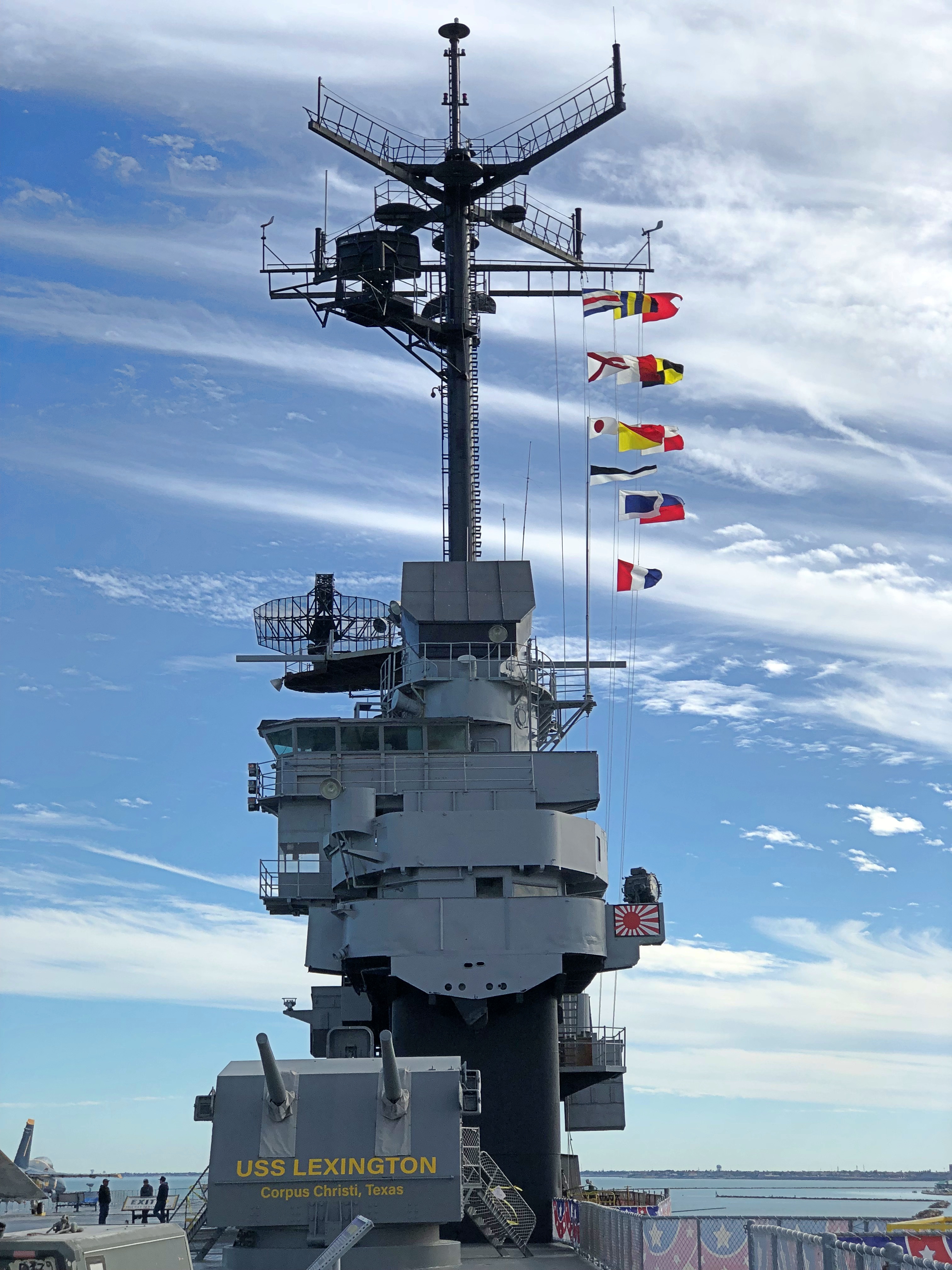
Note the rising sun flag. That is where a kamikaze struck the ship off Luzon in November 1944, killing 50 men and wounding many more. RIP, sailormen.
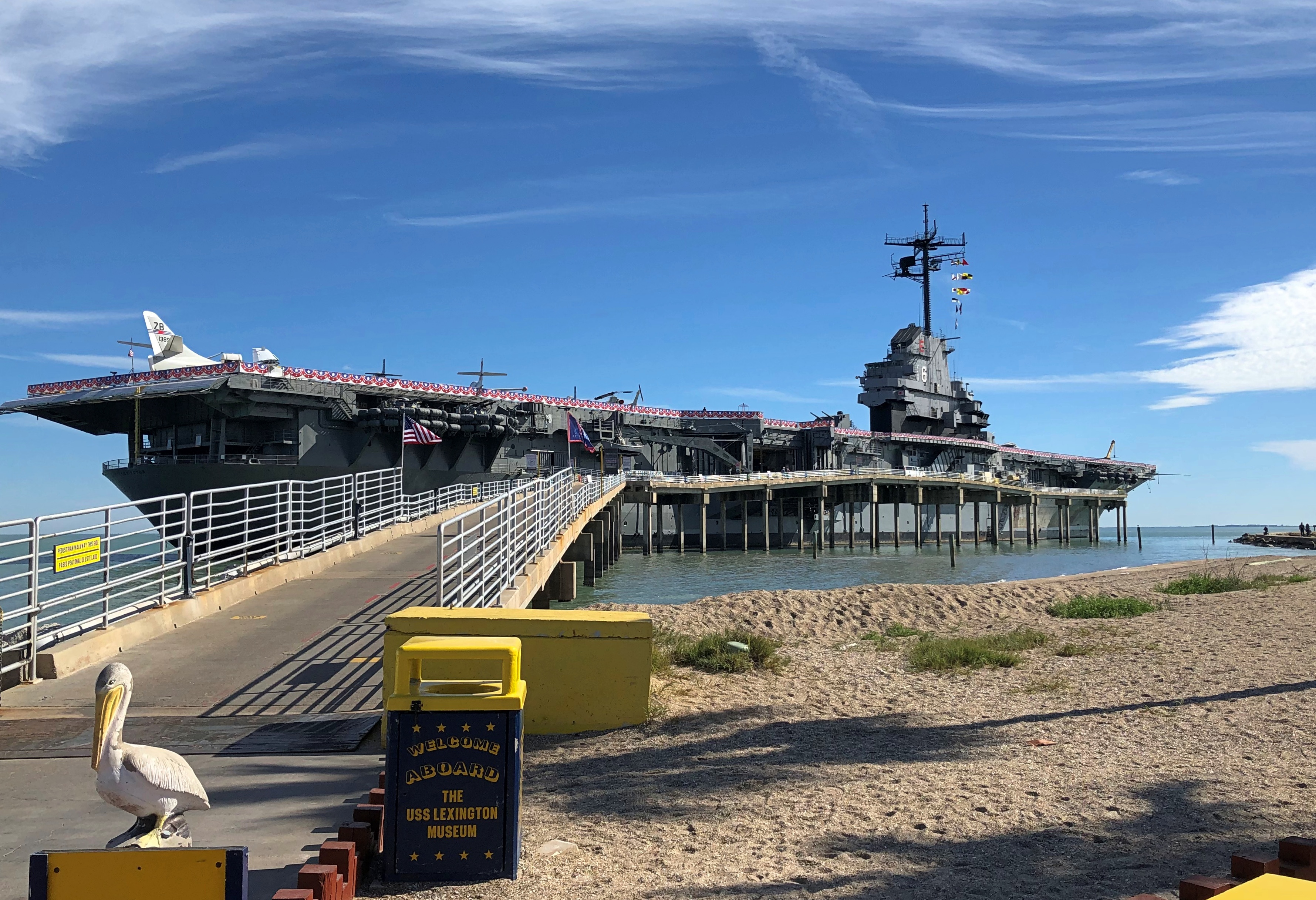
That afternoon my brothers and I were entering what is now called the USS Lexington Museum, which is permanently moored across the ship channel from downtown Corpus Christi, where it has been since 1992, within sight of the Texas State Aquarium, the scattered buildings of North Beach, and the old highway bridge and the new one.
The Blue Ghost is one of five aircraft carrier museums nationwide, with two others in California, and one each in New York and South Carolina. These days, tourists enter the Lexington via the Hanger Deck. This deck and all the other lower decks are thick with exhibits, on many of the available surfaces, about the ship and its active service.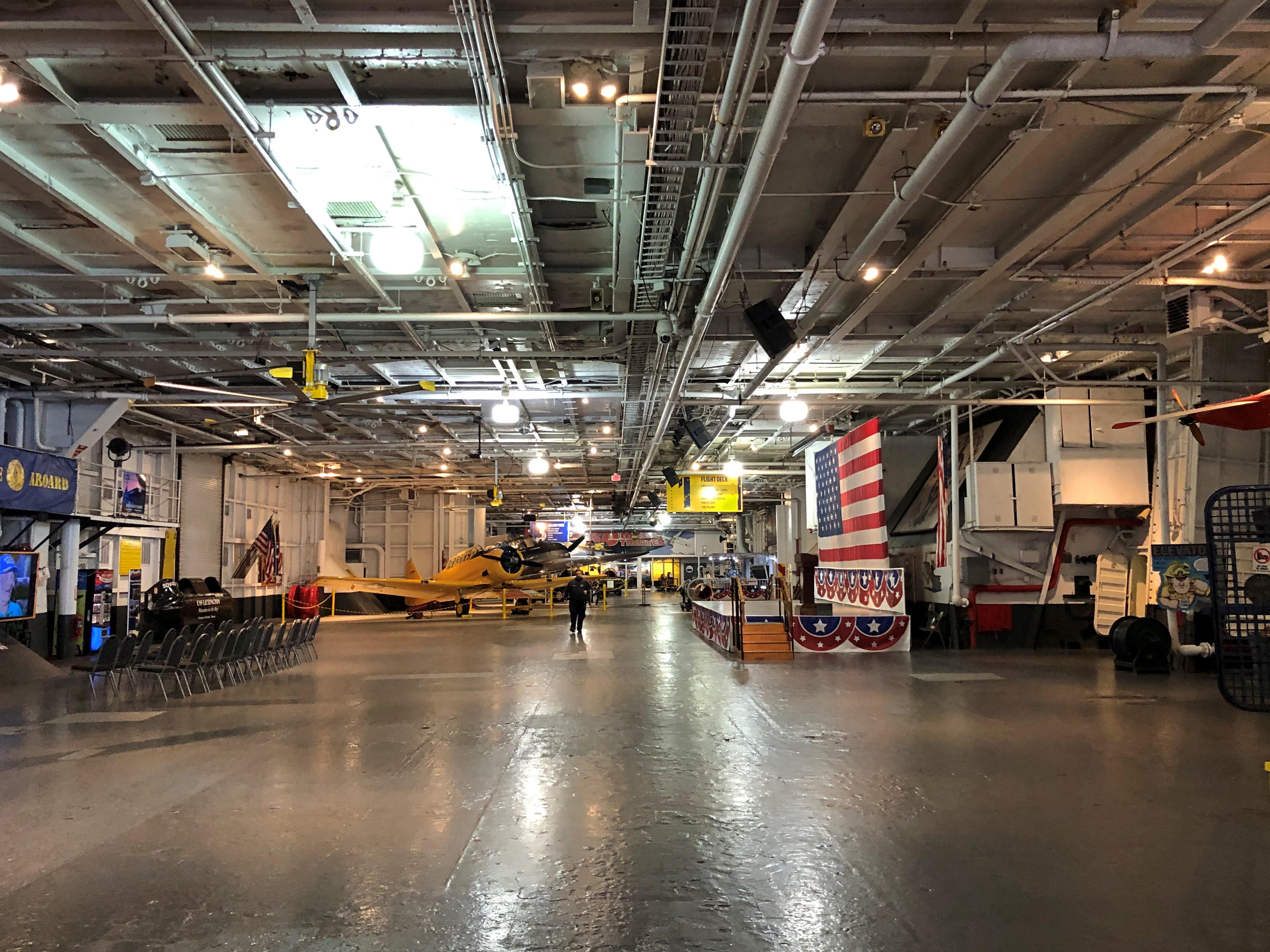
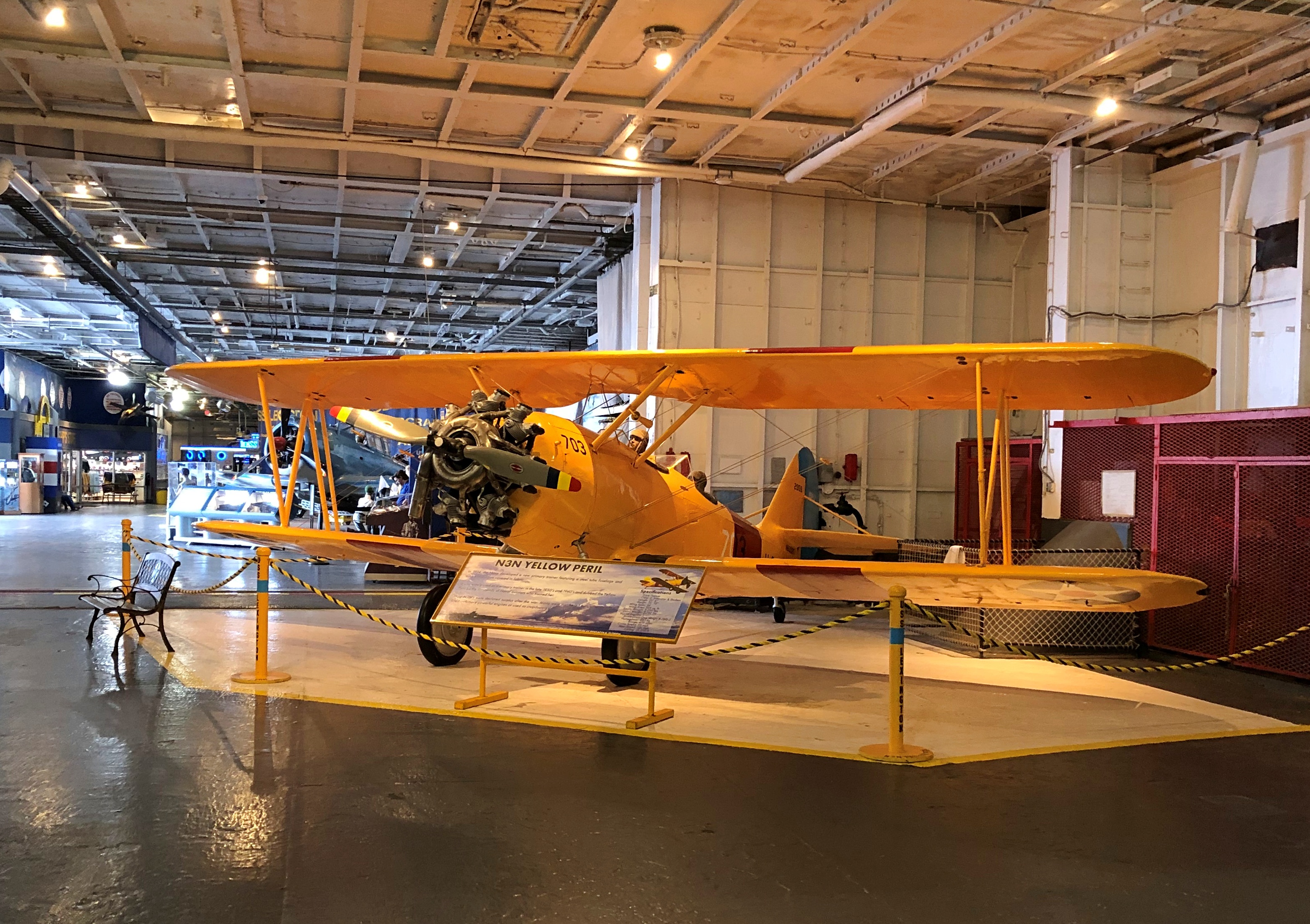
I’ve seen a similar bronze before.
George H.W. Bush as a young naval aviator. A sign is careful to point out that the future president was never assigned to the Lexington, but spent a few days recuperating here (“sack time,” he later called it) in June 1944 after being rescued from the ocean when mechanical issues forced him to ditch. Also, he trained as a naval aviator at Air Station Corpus Christi, so there is that connection.
We climbed a number of staircases to higher decks, through the Foc’sle and ultimately to the Flight Deck. Slow going at our age, but we went.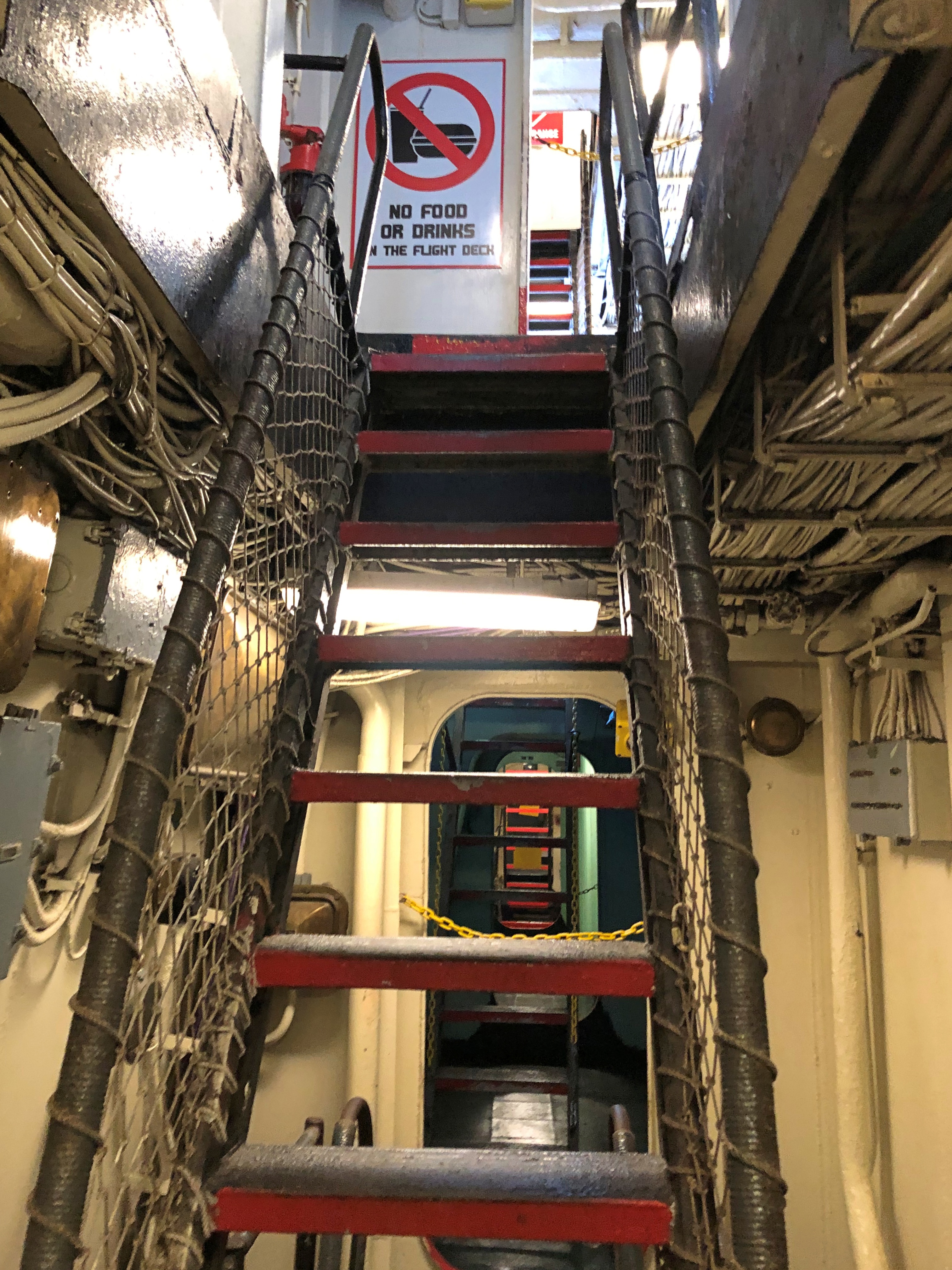

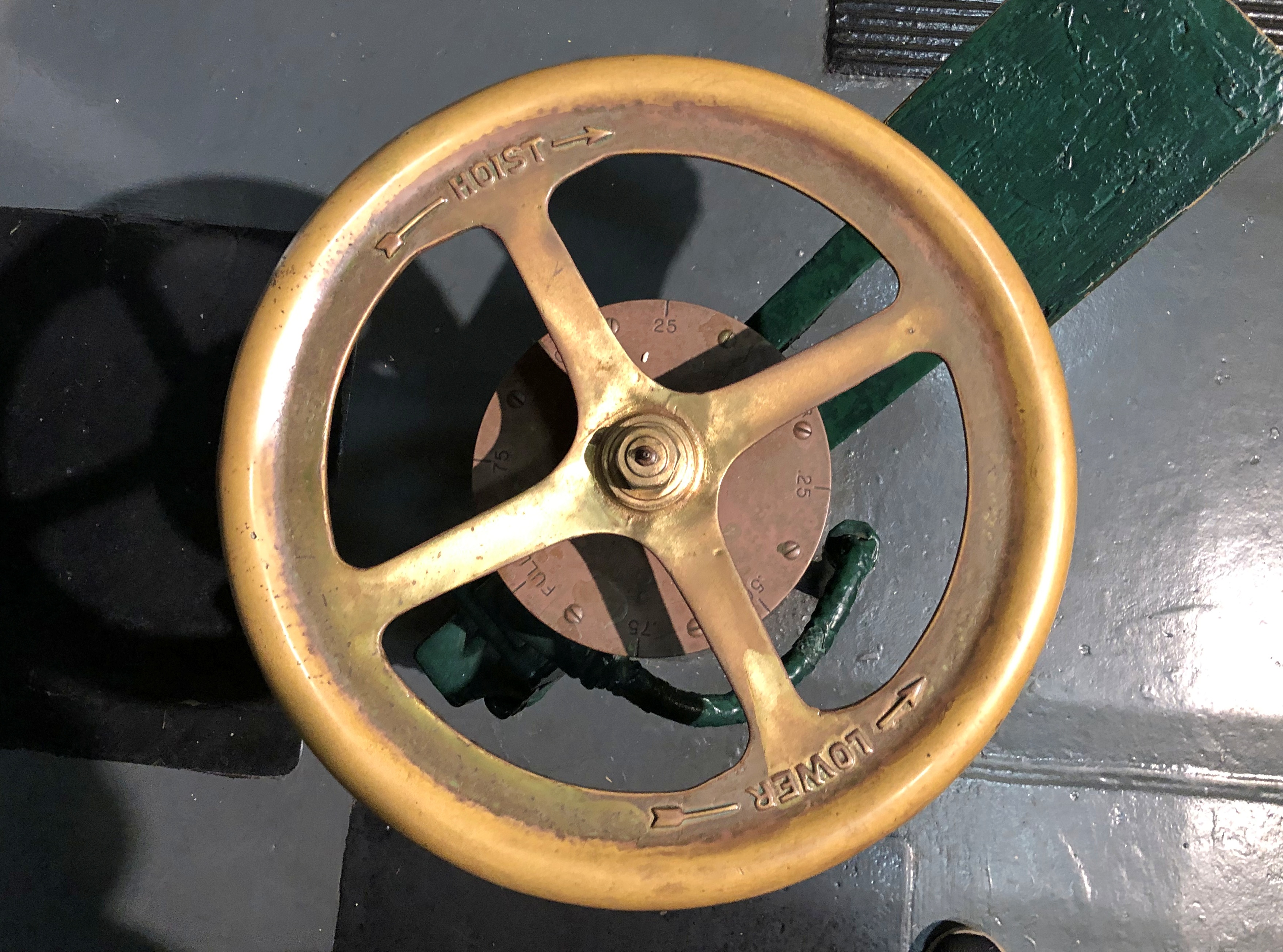
Some of the exhibits were very specific, such as the rat guards used by the vessel. I remember seeing those depicted in a Carl Barks comic, maybe a Scrooge McDuck adventure.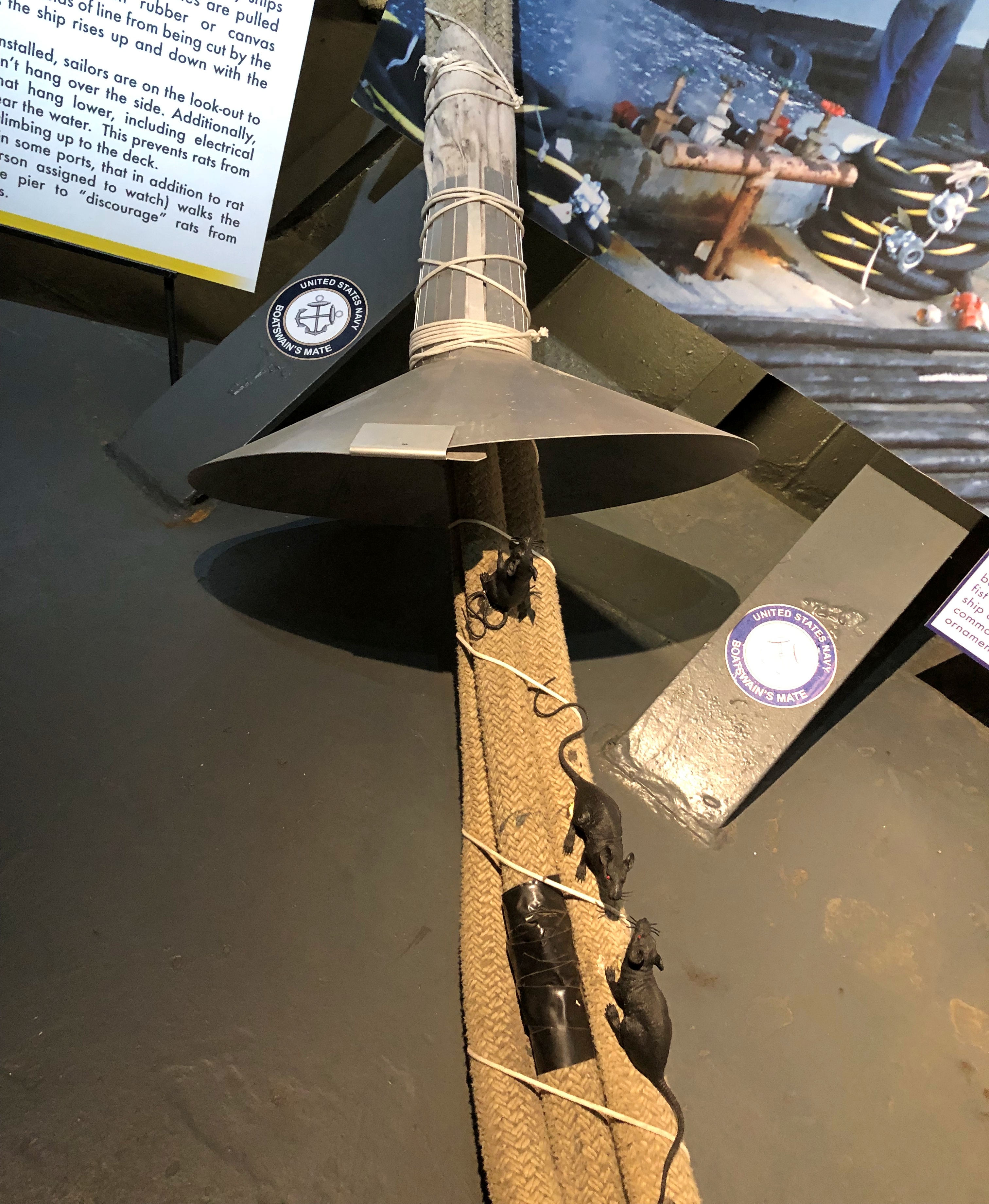
Others were more generalized, such as entire room in the Foc’sle about the attack on Pearl Harbor. Eventually we made our way to the Flight Deck, towered over by the island (the towering section including the bridge). Mostly, the Flight Deck is an open-air aircraft museum.
Restoration in progress on a Phantom II.

An A-6 Intruder. Like a number of the other airplanes at the Lexington, on loan from the National Naval Aviation Museum in Pensacola.
An AH-1 Cobra. There’s a warrior slogan for you, on the nose.


A T-2 Buckeye, developed in the late ’50s as a trainer. The marvel, when it comes to naval aviation, is how anyone learns it without getting killed.
How indeed. The sign mentions an incident on the Lexington in 1989, when a T-2 Buckeye flown by a trainee crashed into the aft section of the island, killing five and injuring others. Among the dead: Airman Lisa L. Mayo, 25, of Oklahoma City, the first woman killed aboard a U.S. carrier in the line of duty. Again RIP, those who died.
Spare and utilitarian, the Bridge is. Except for that wig.


